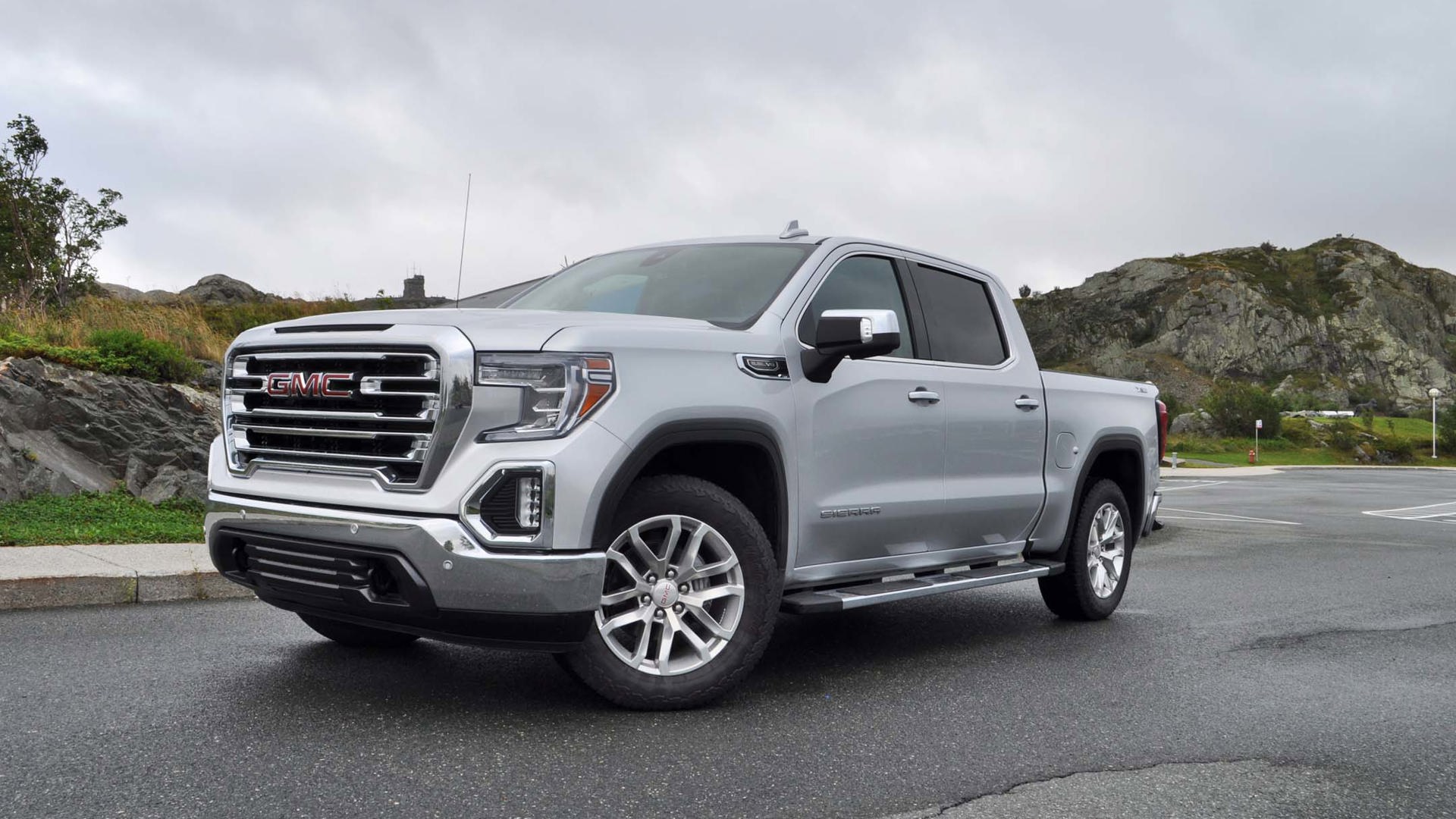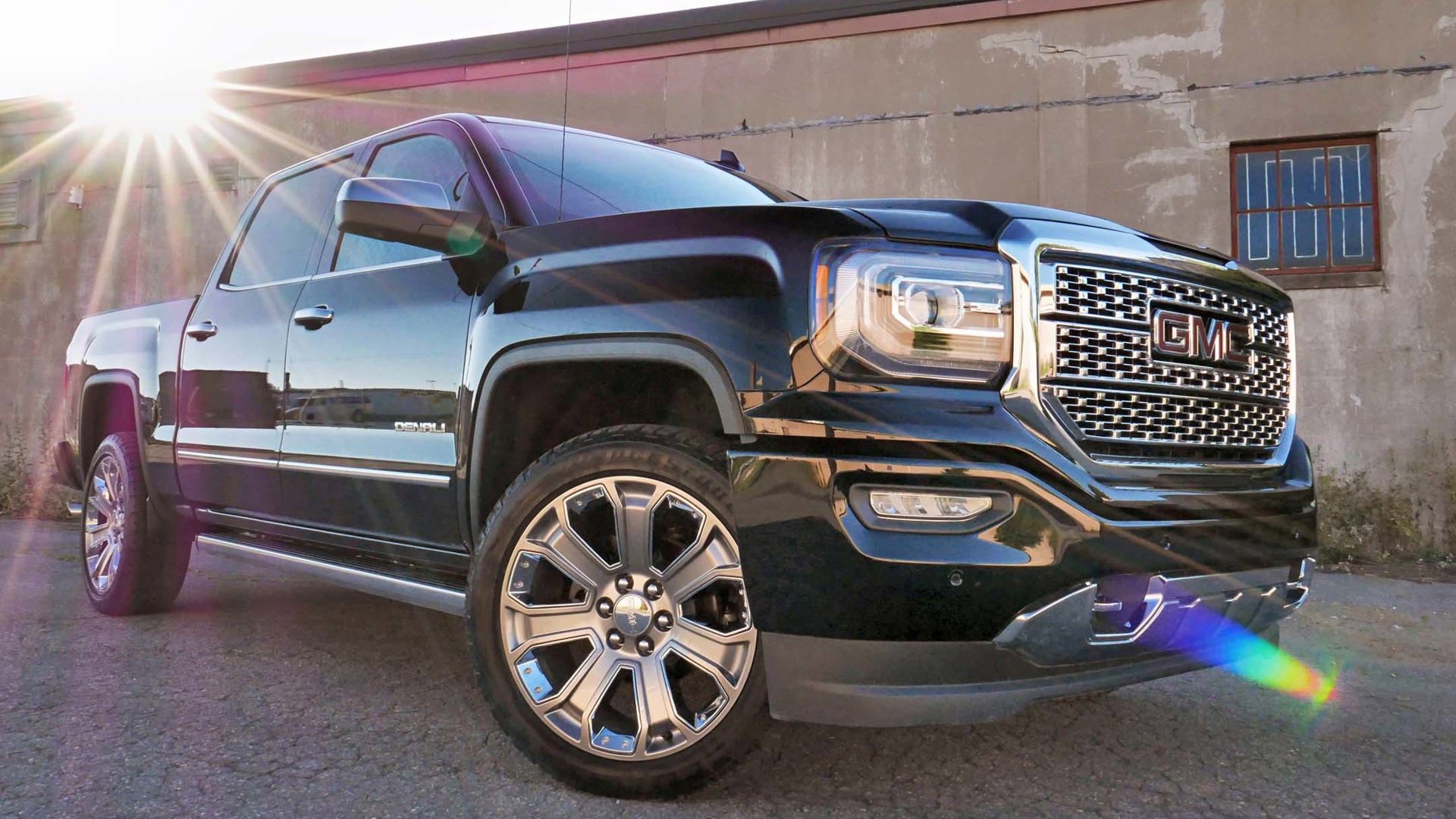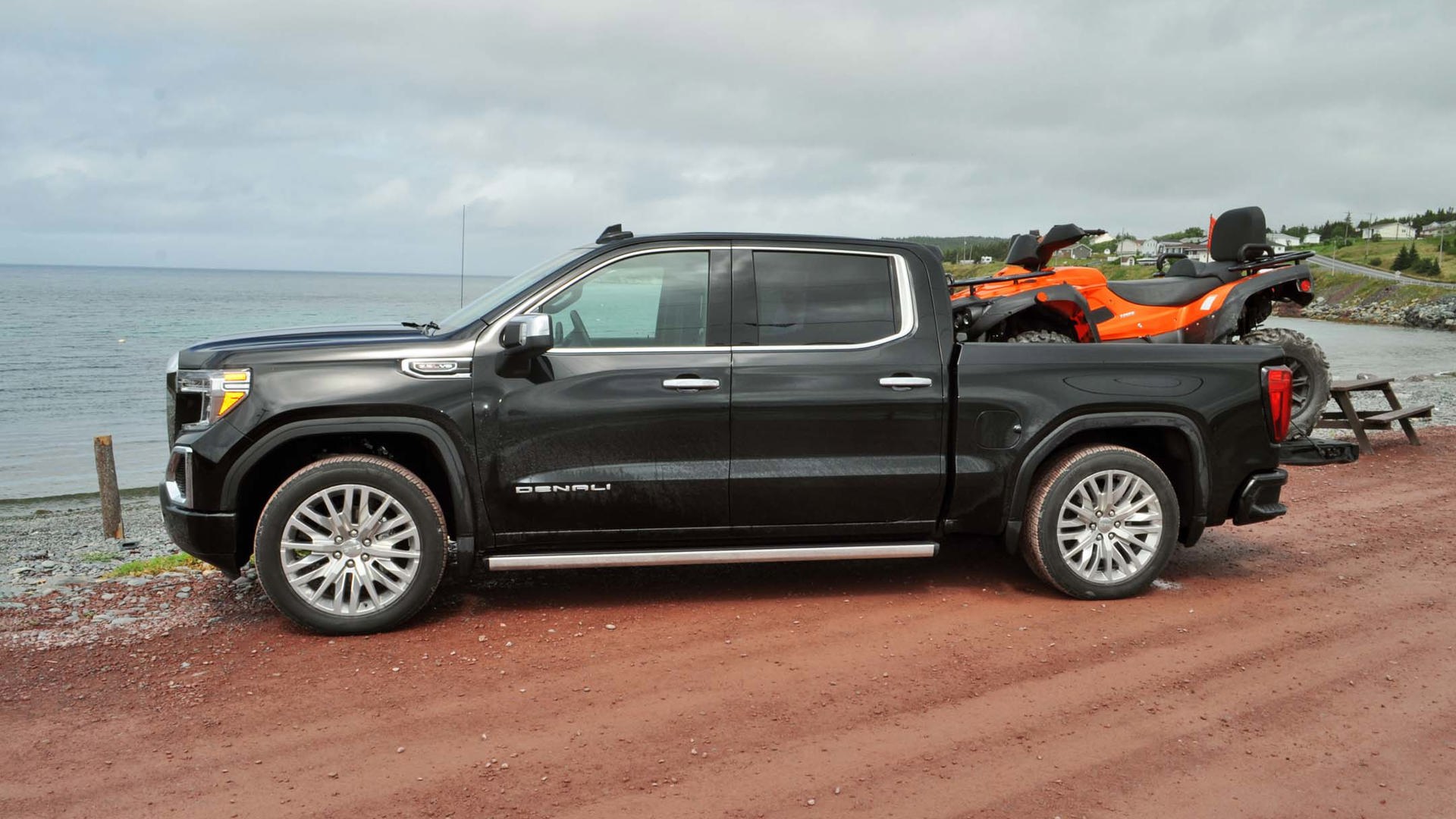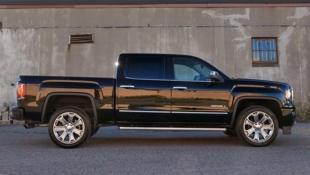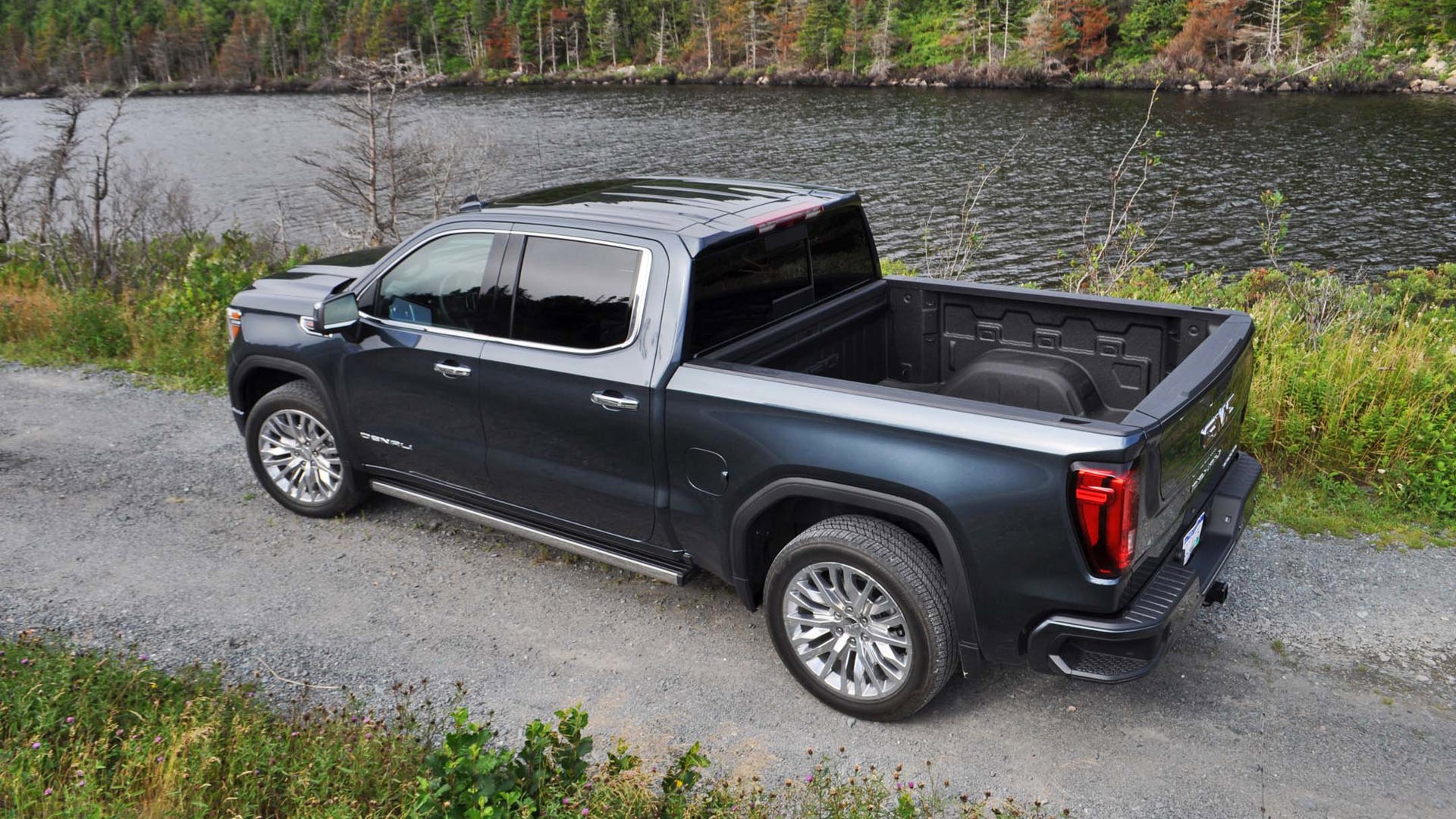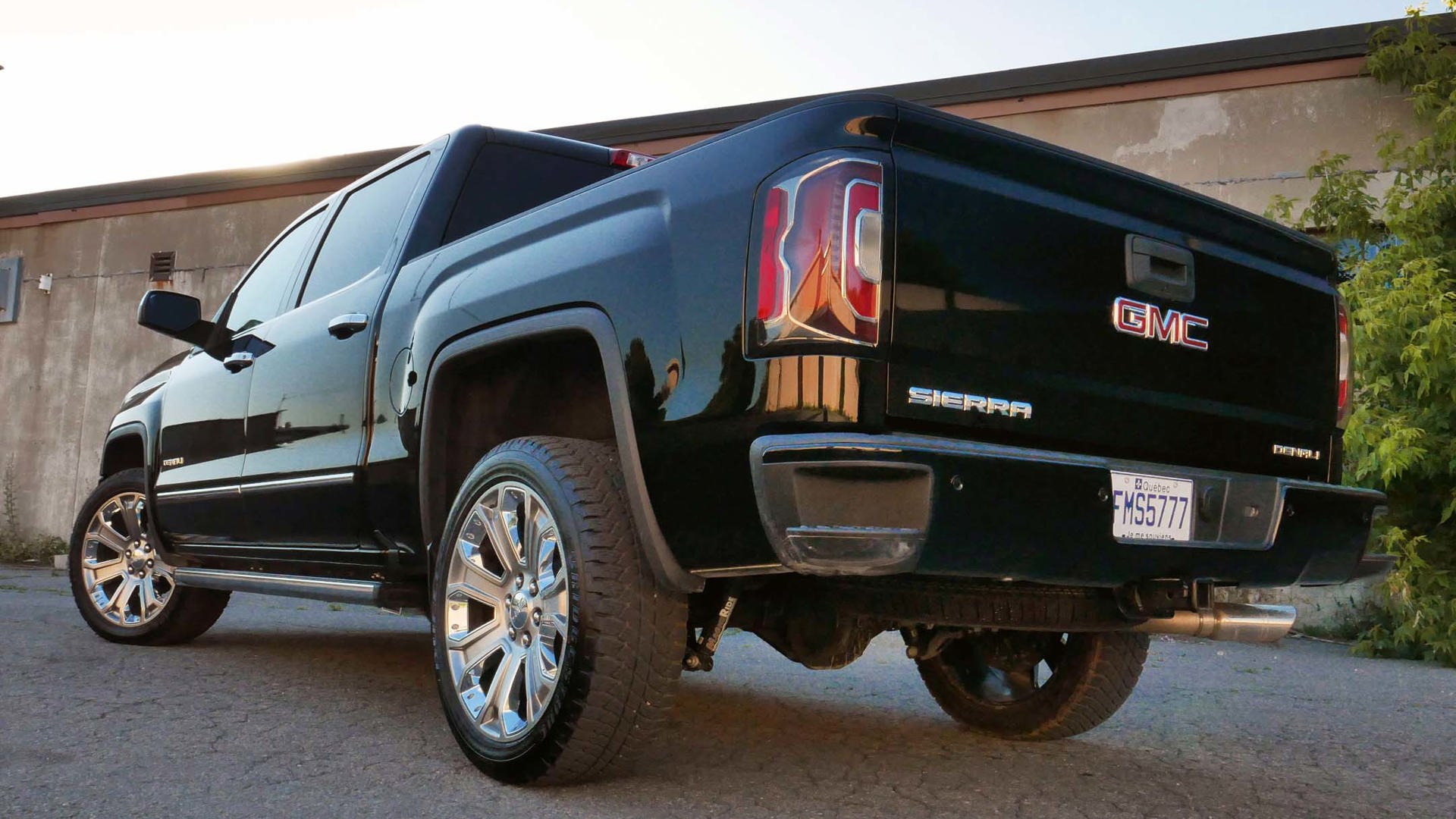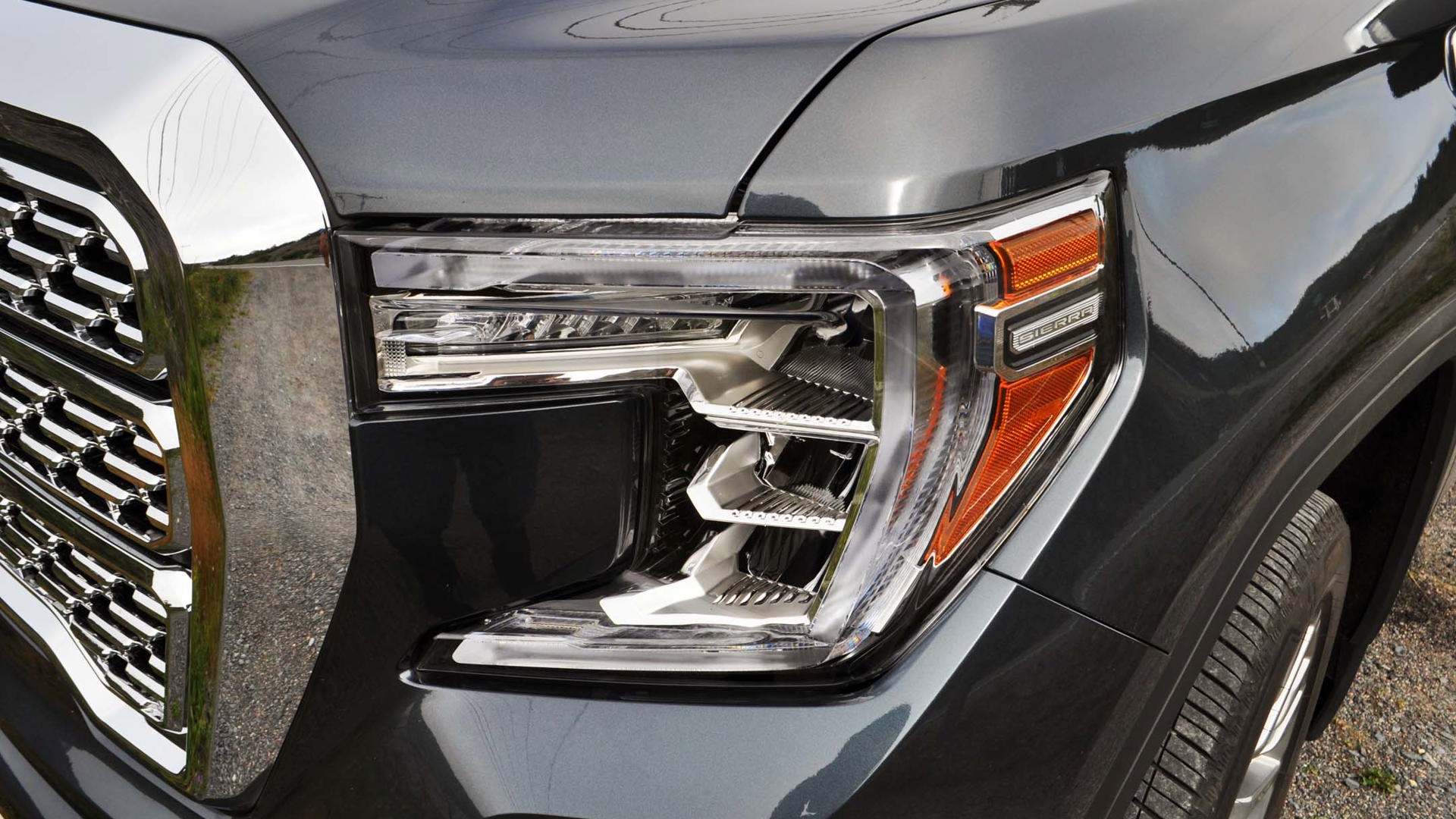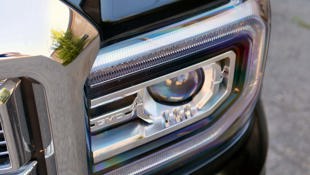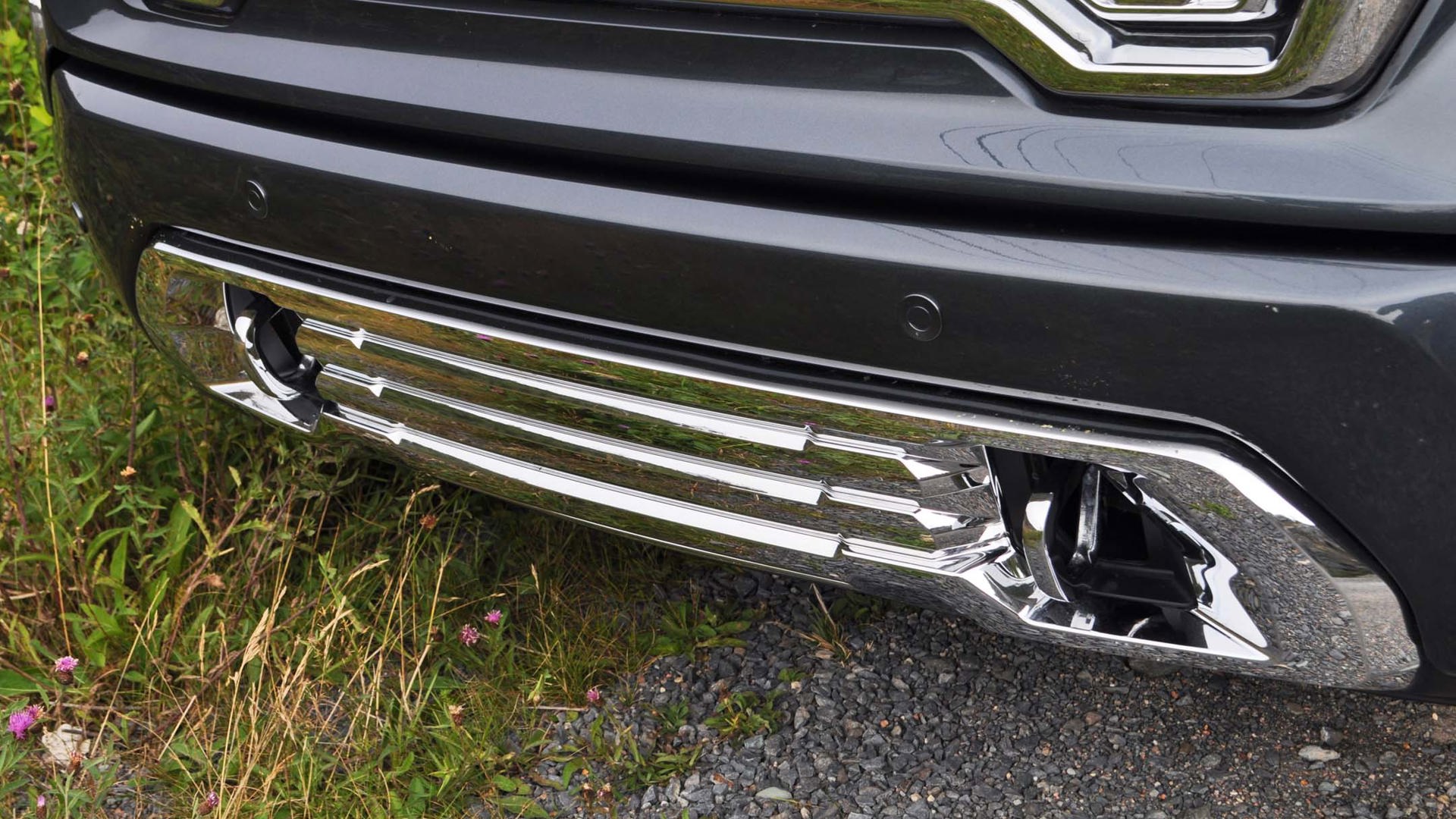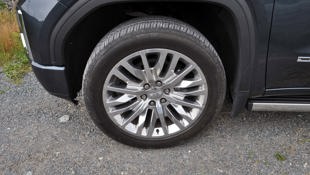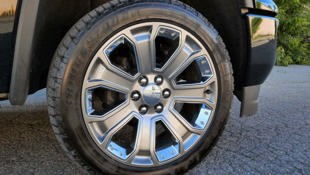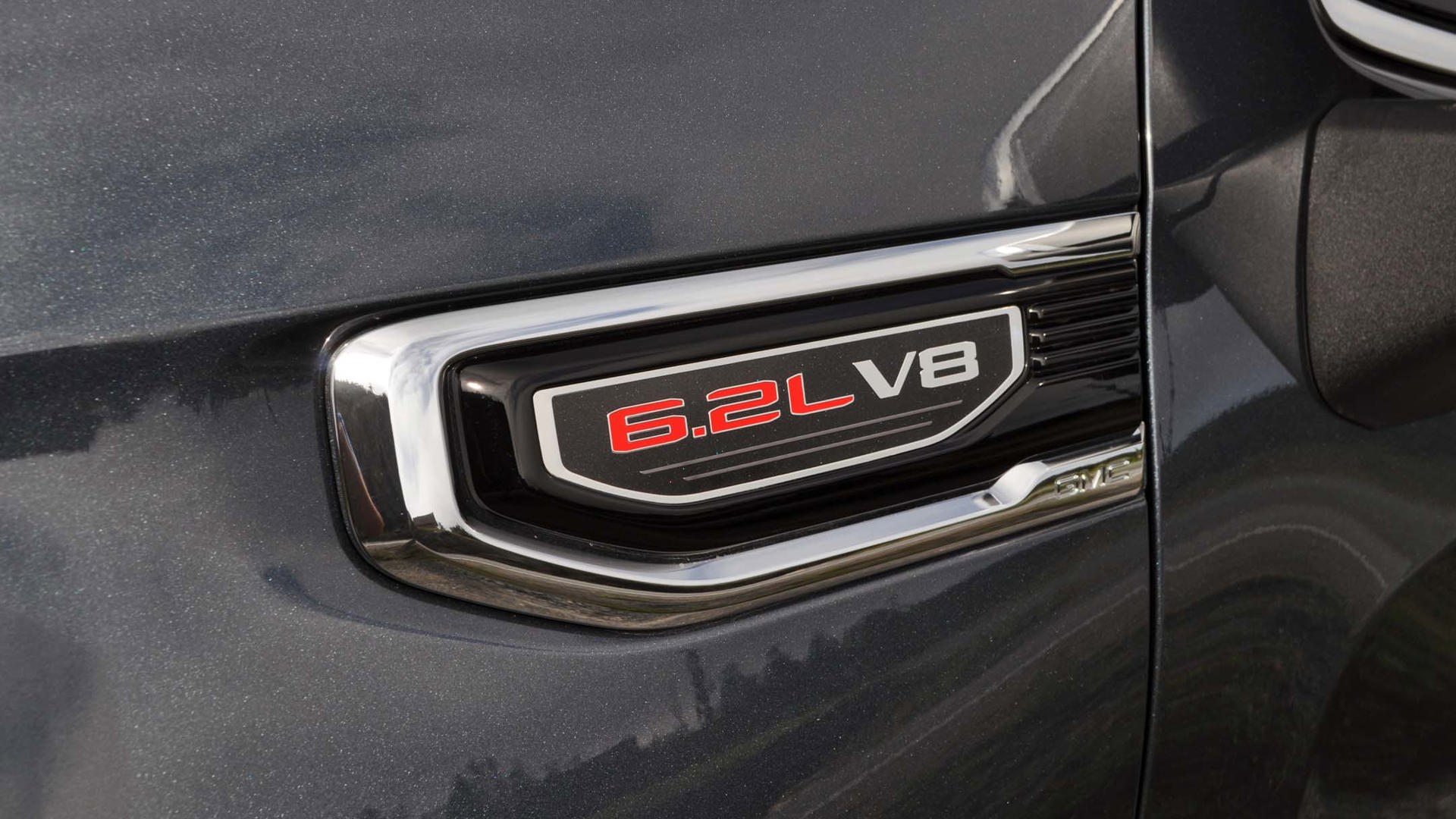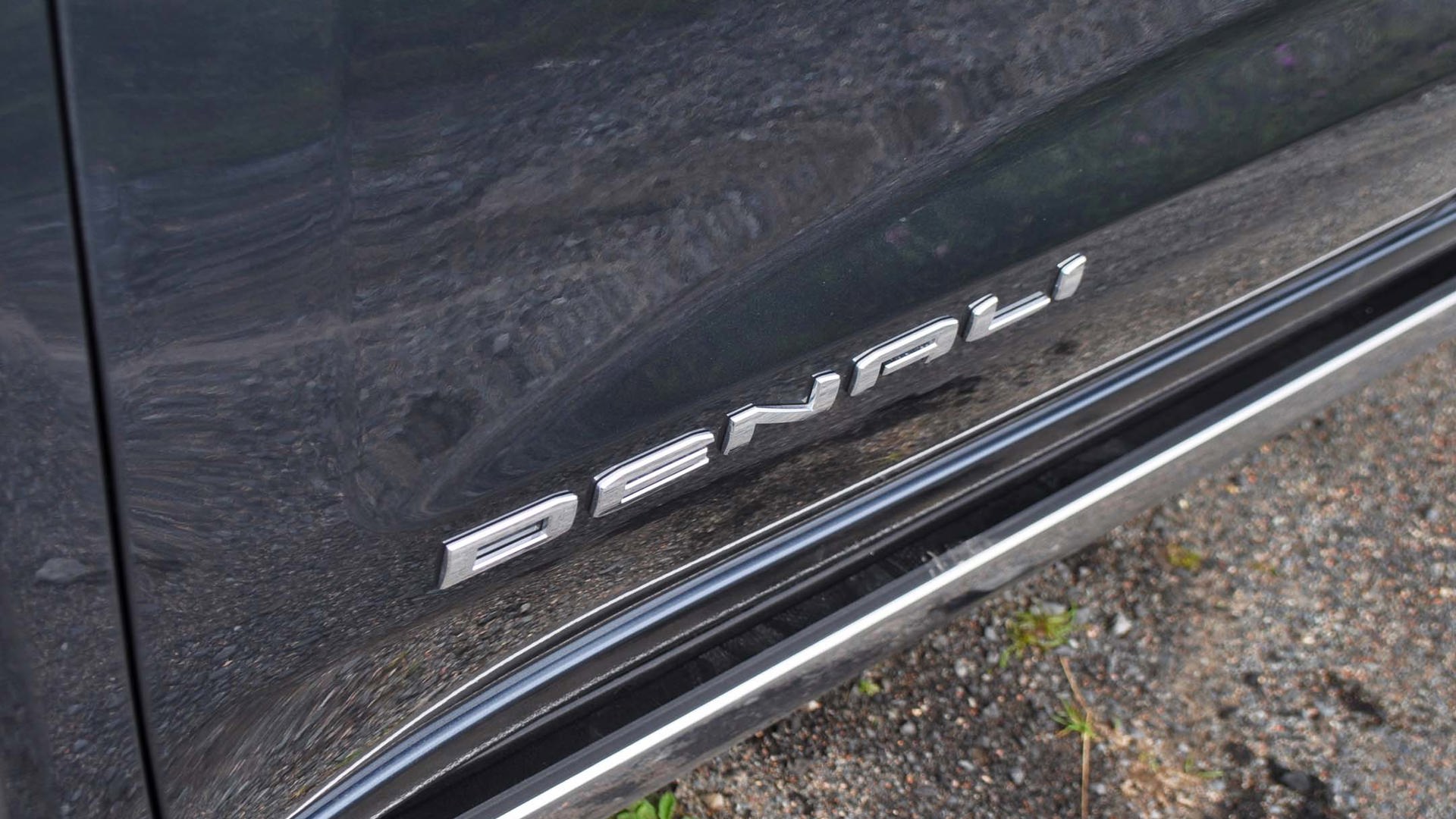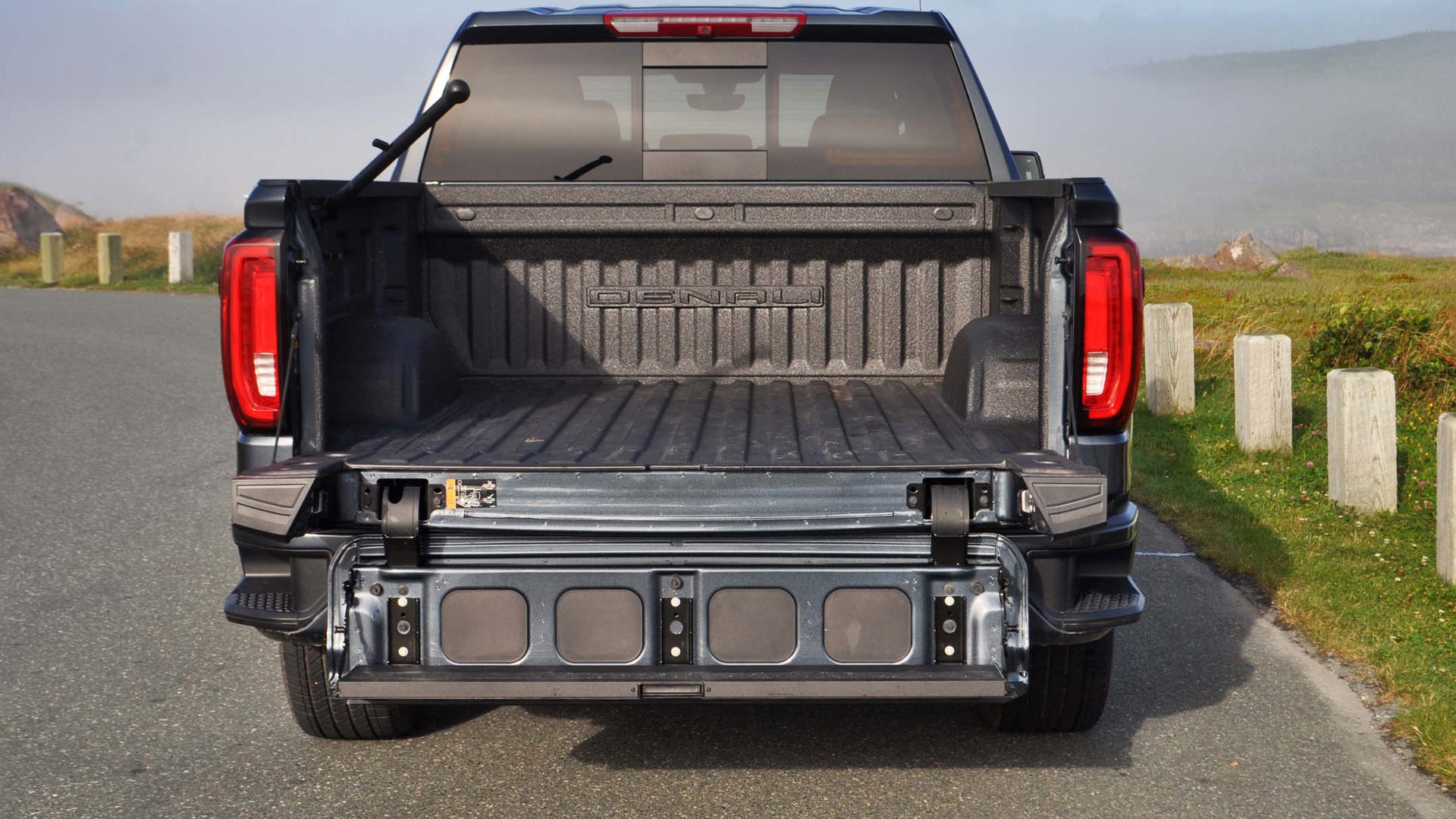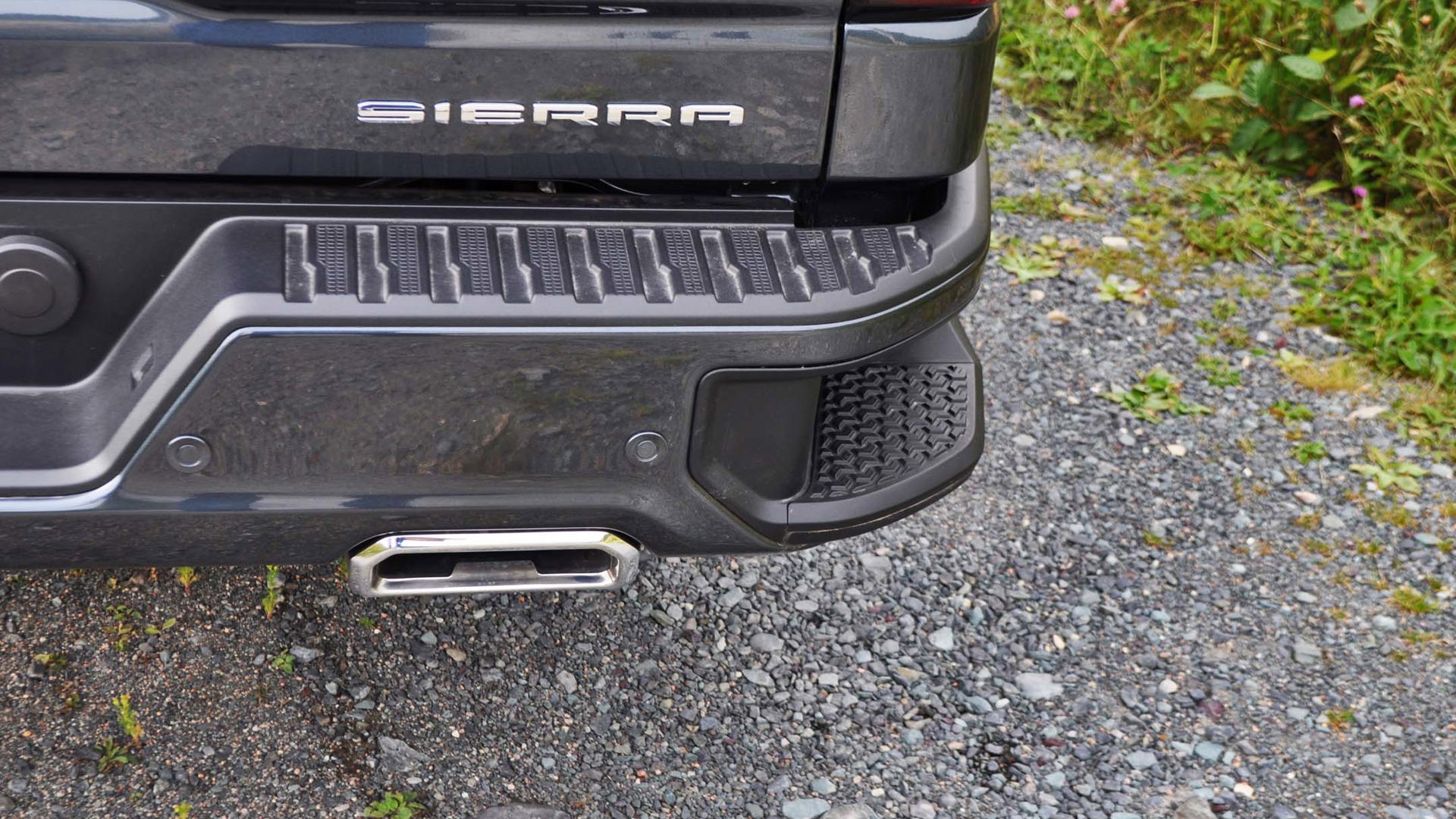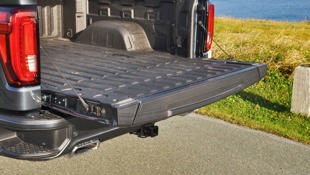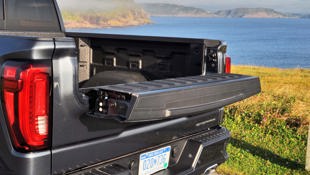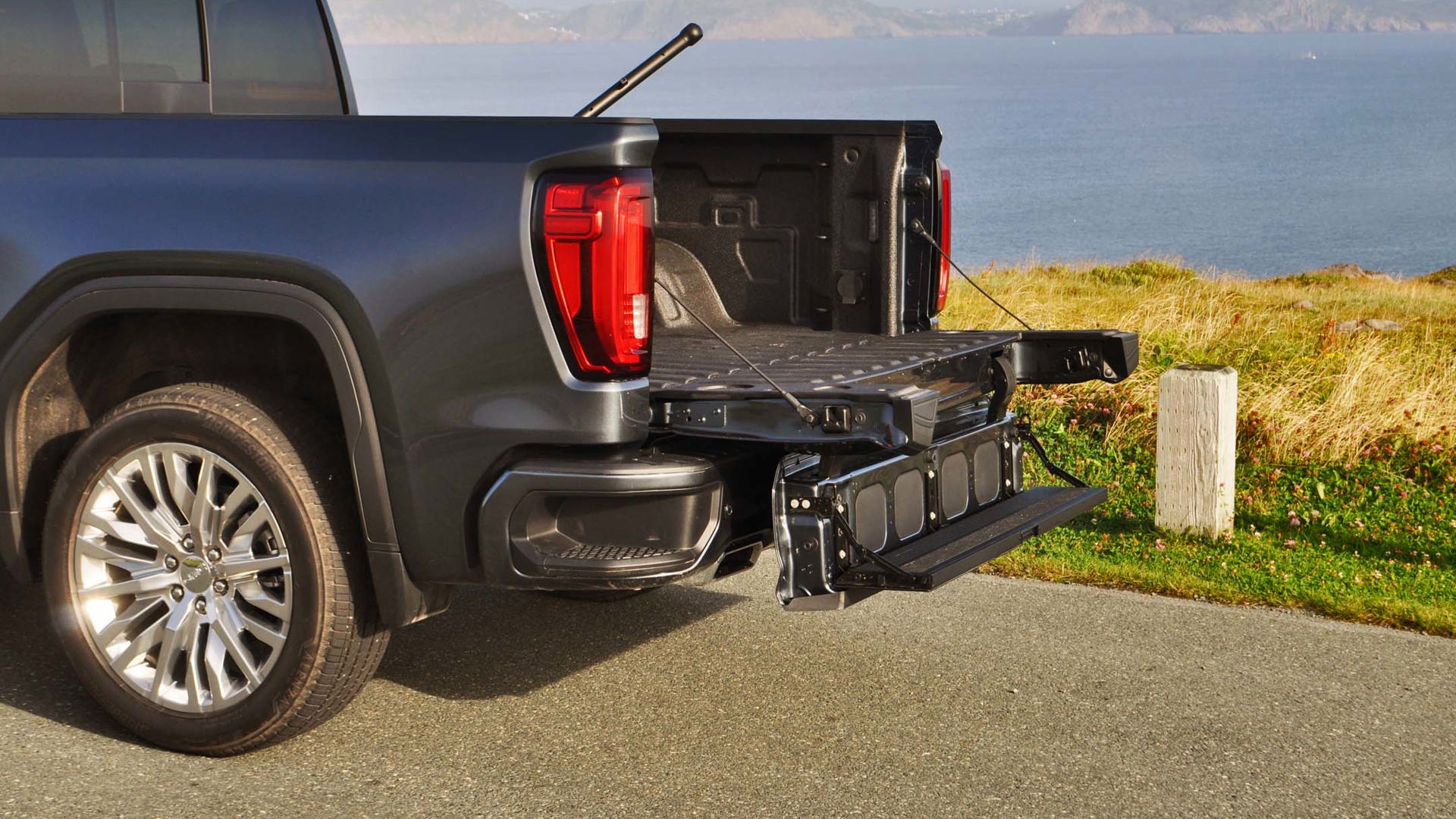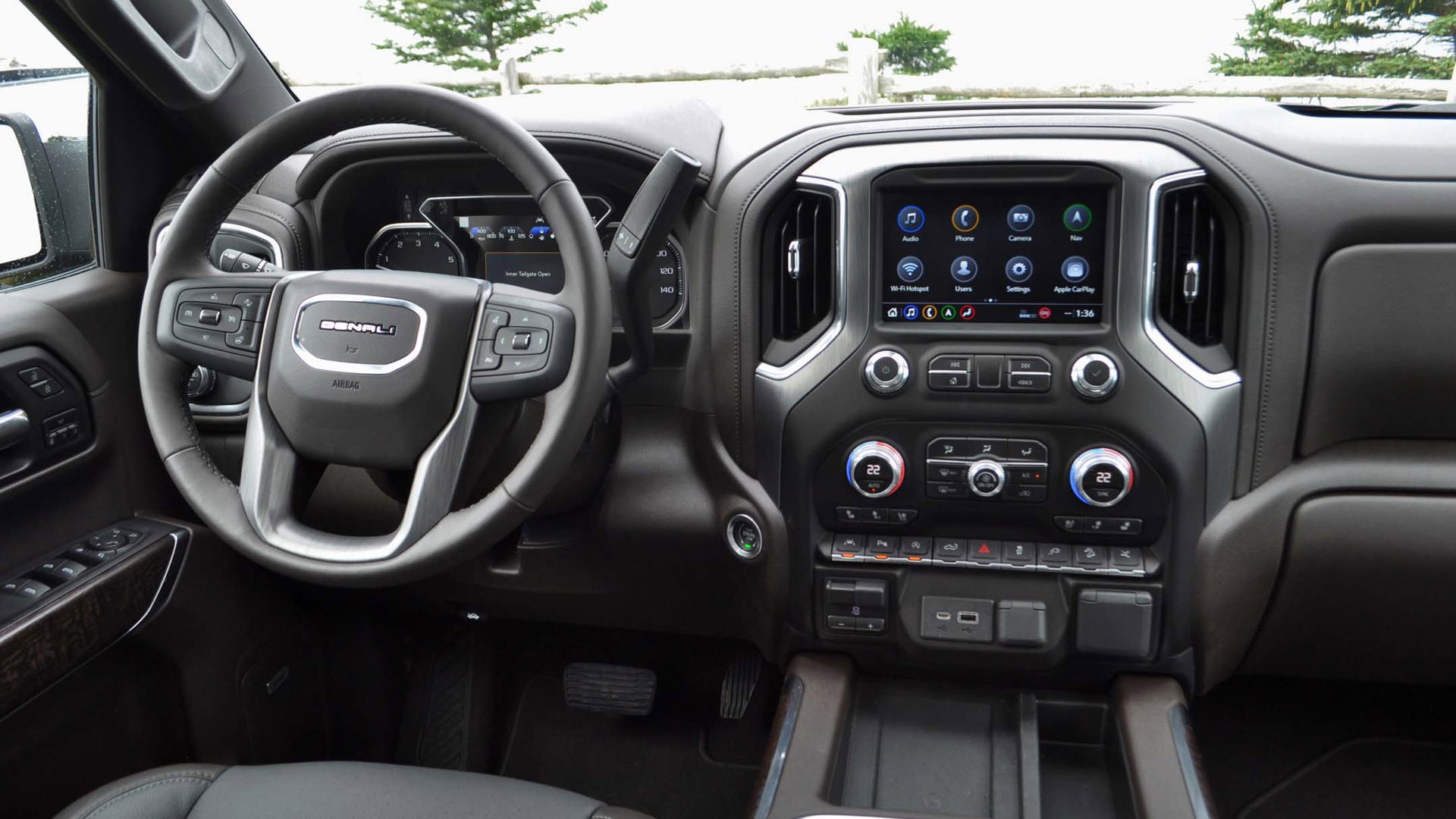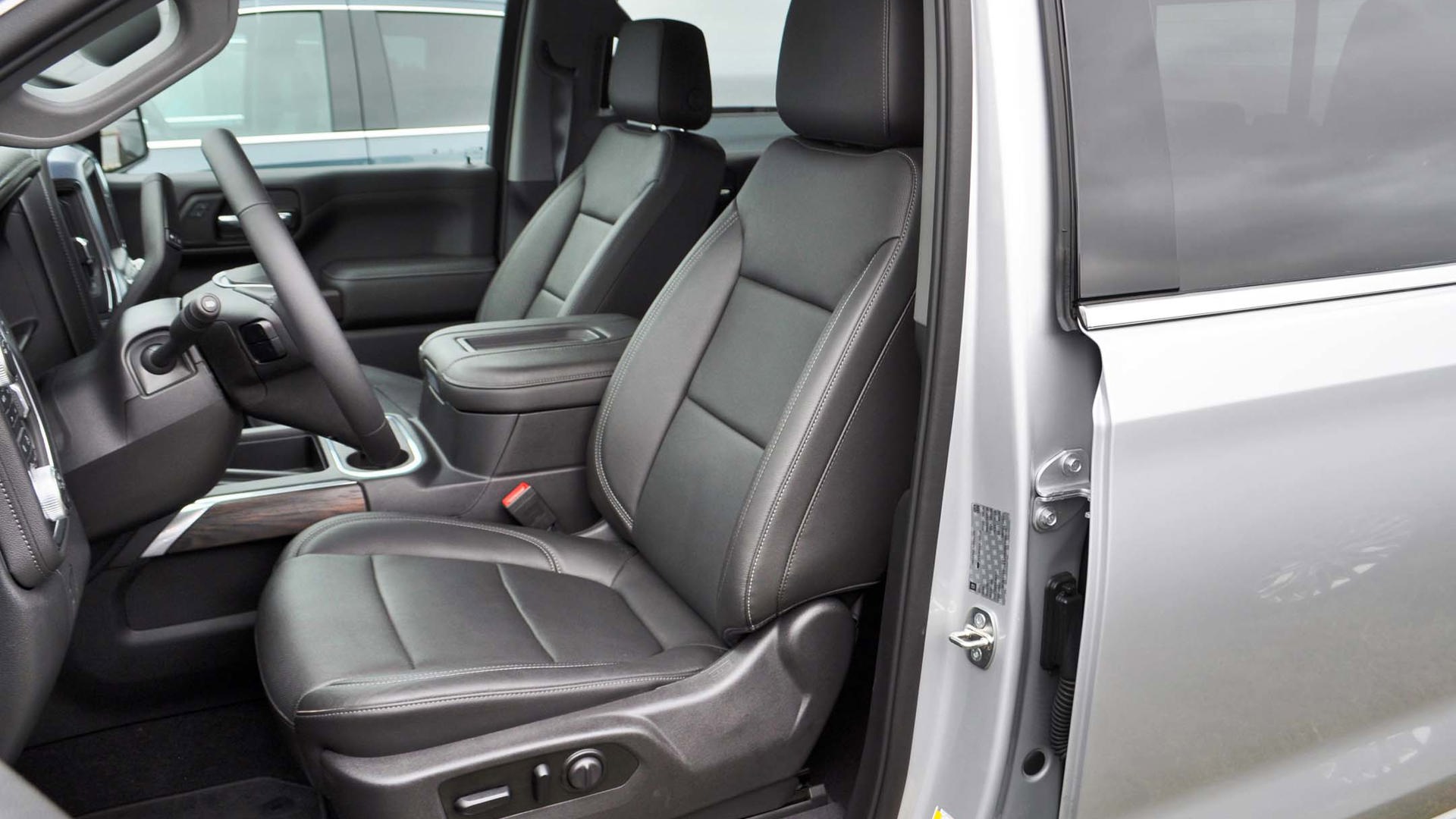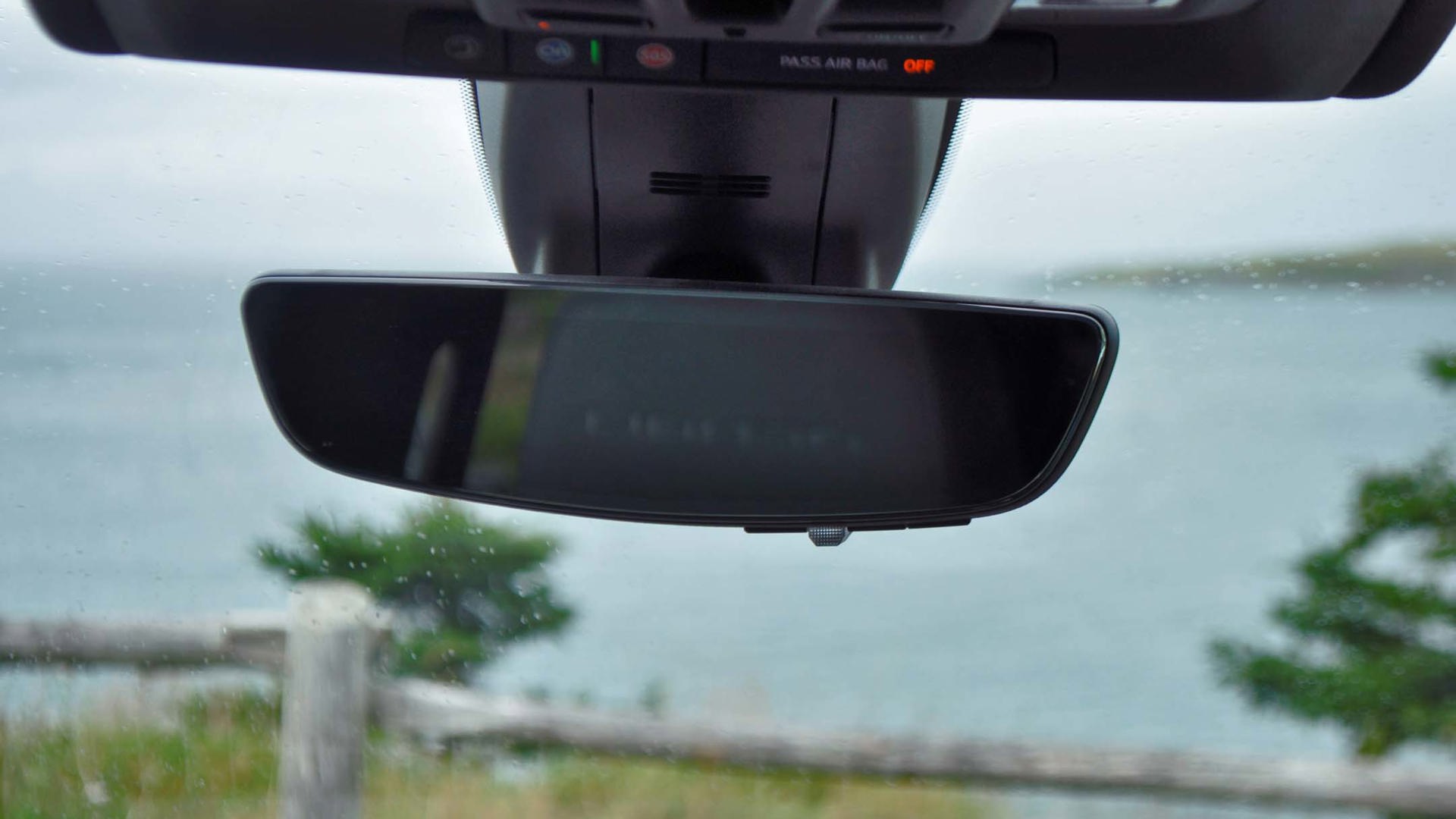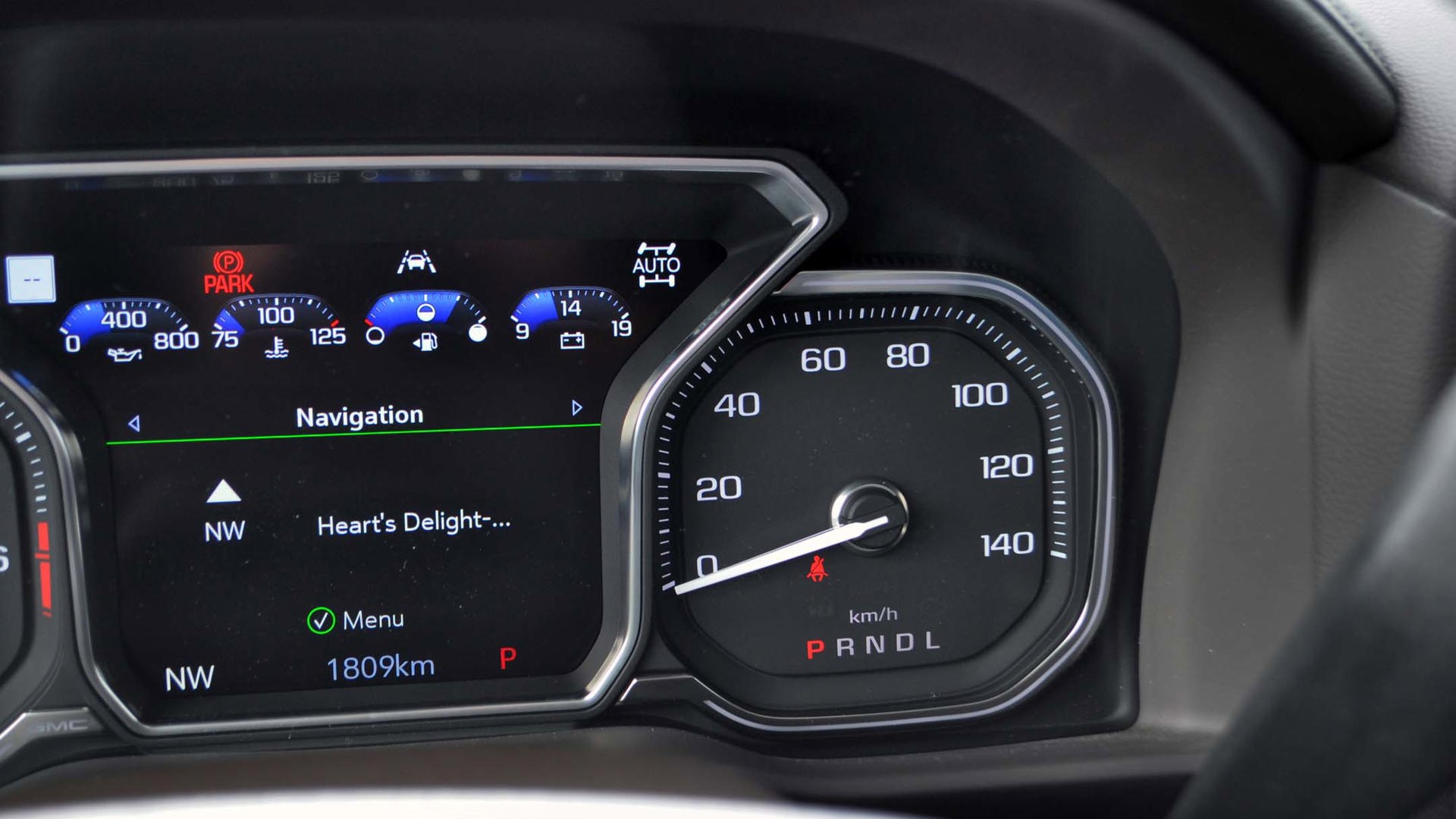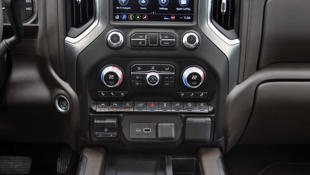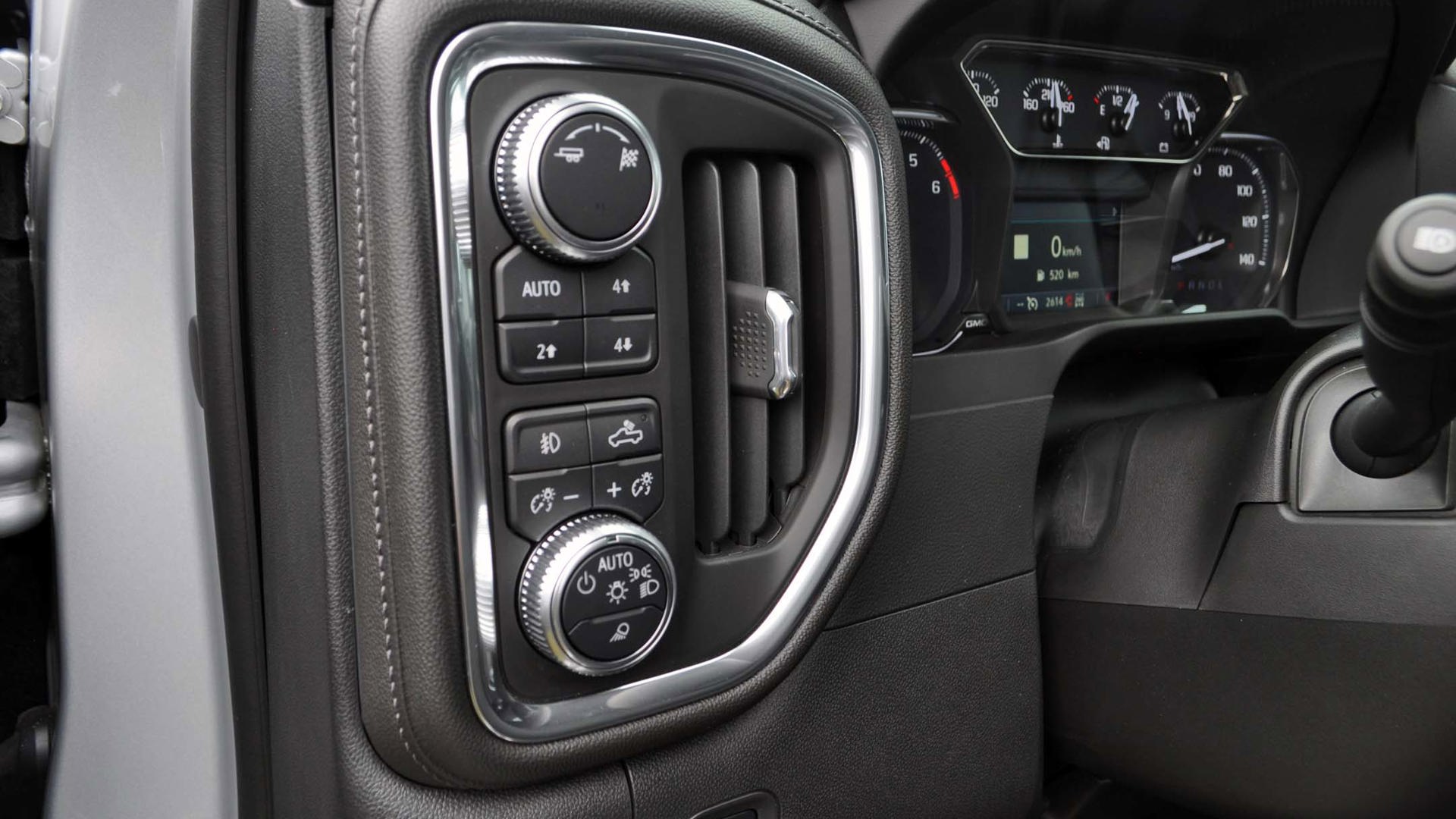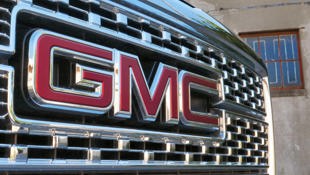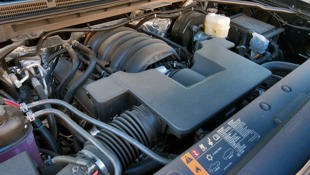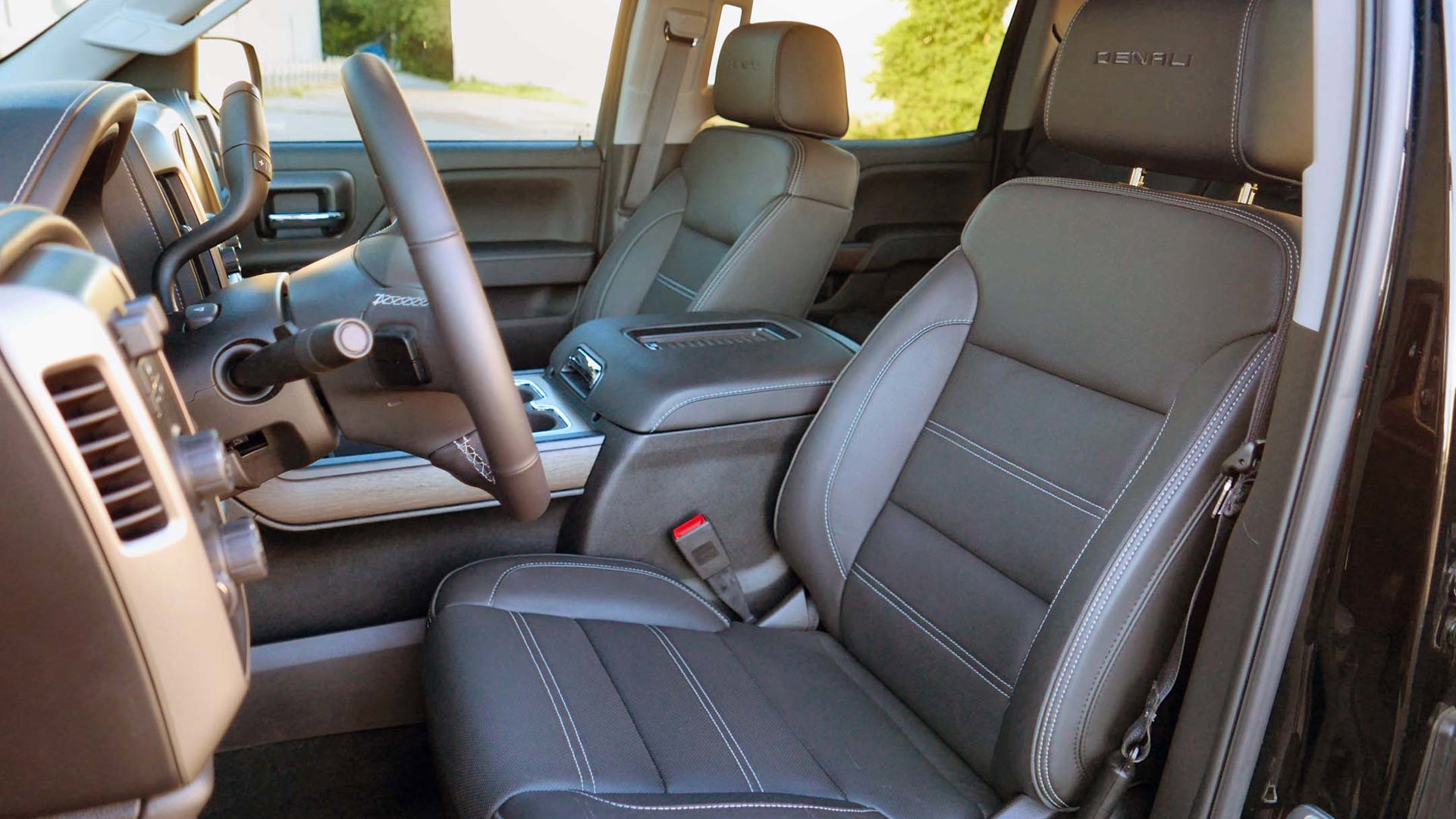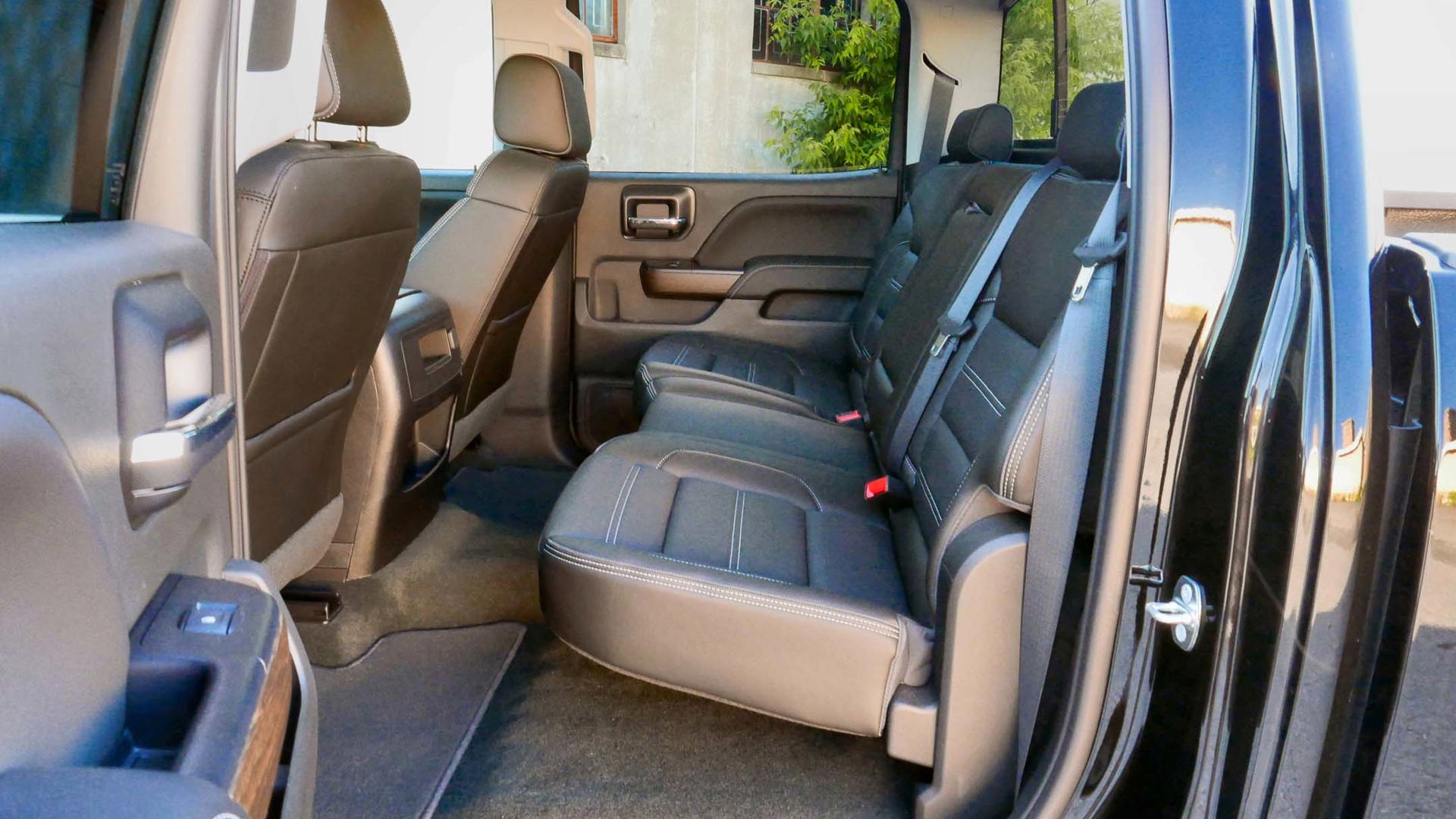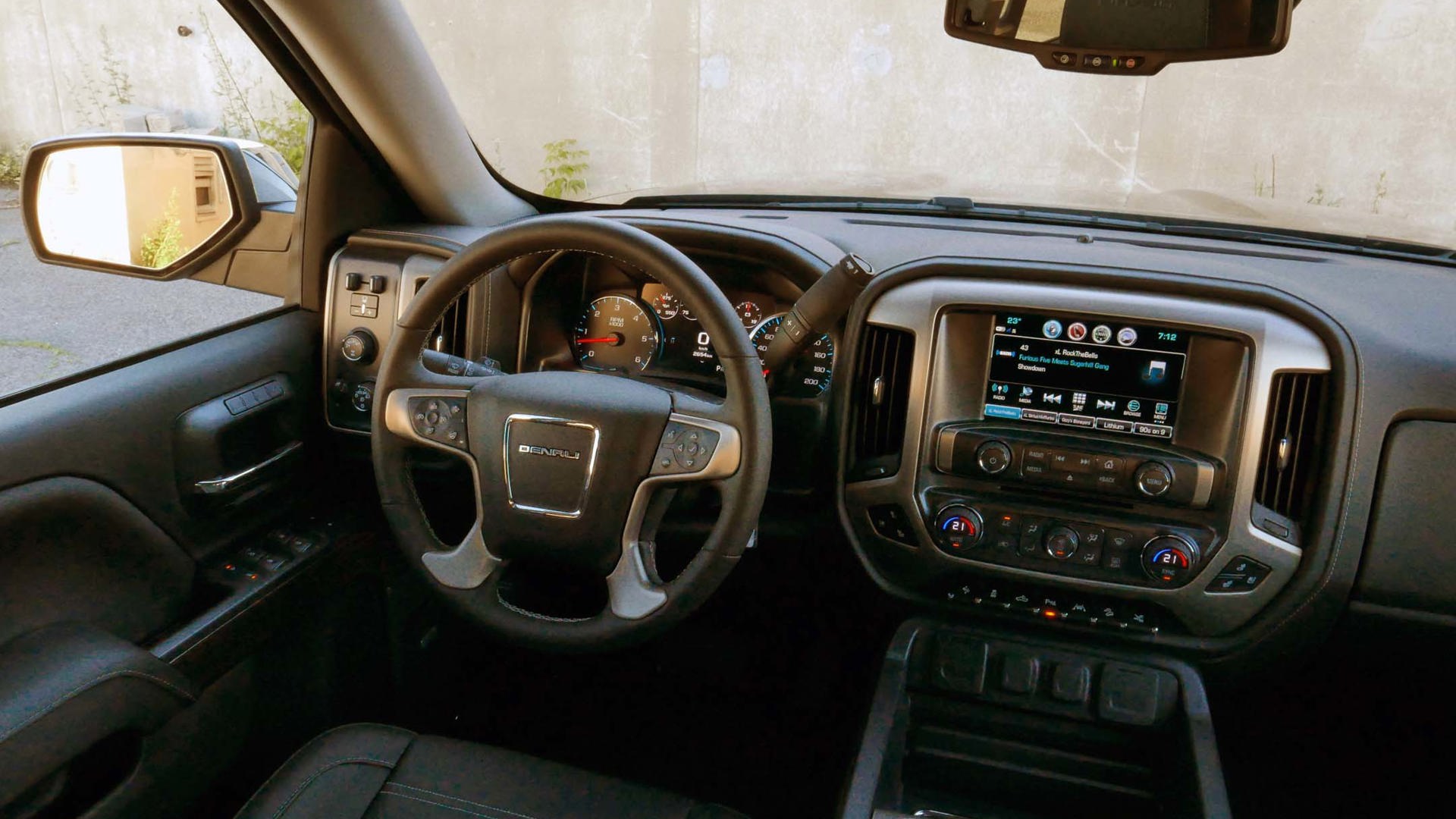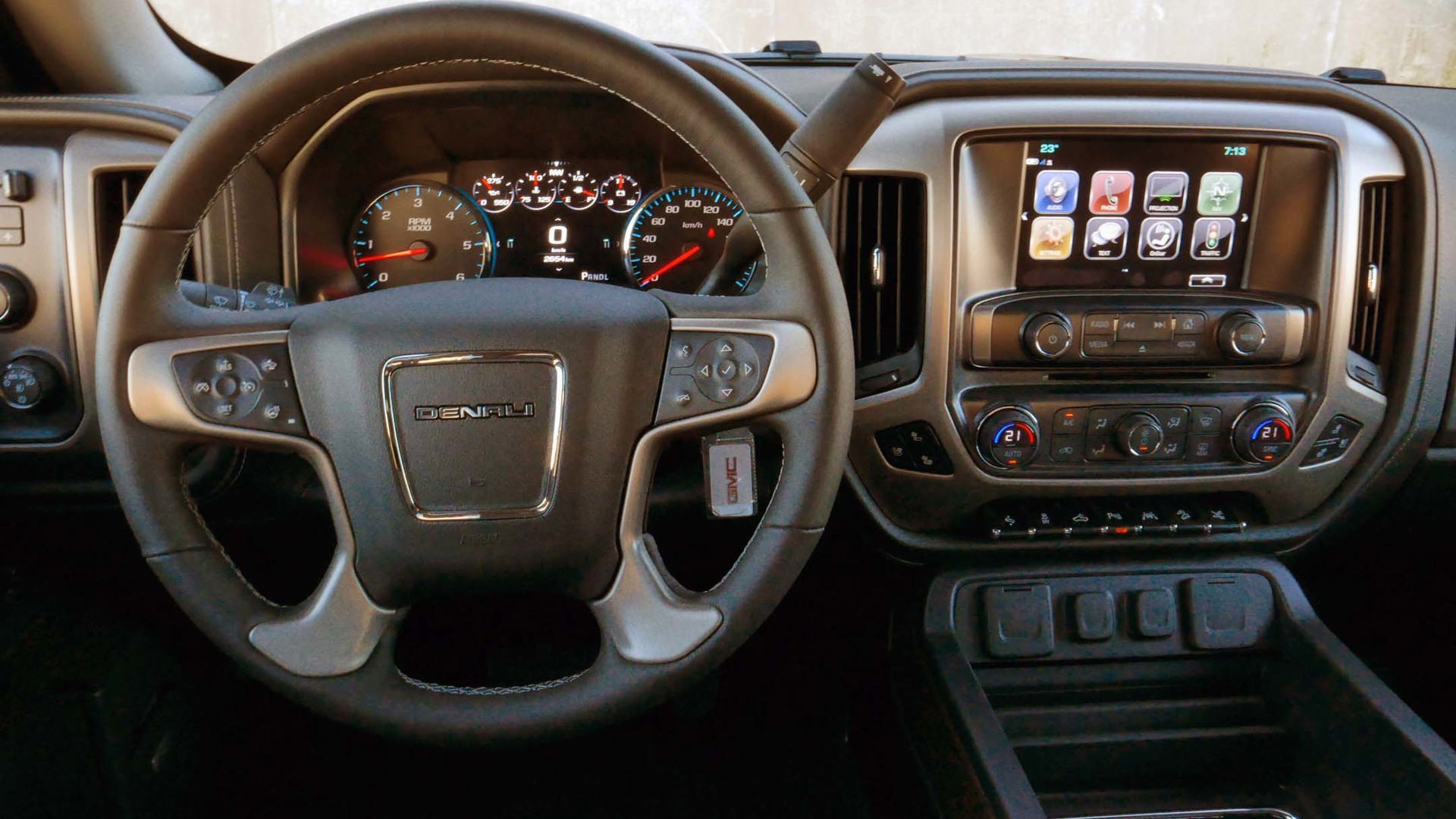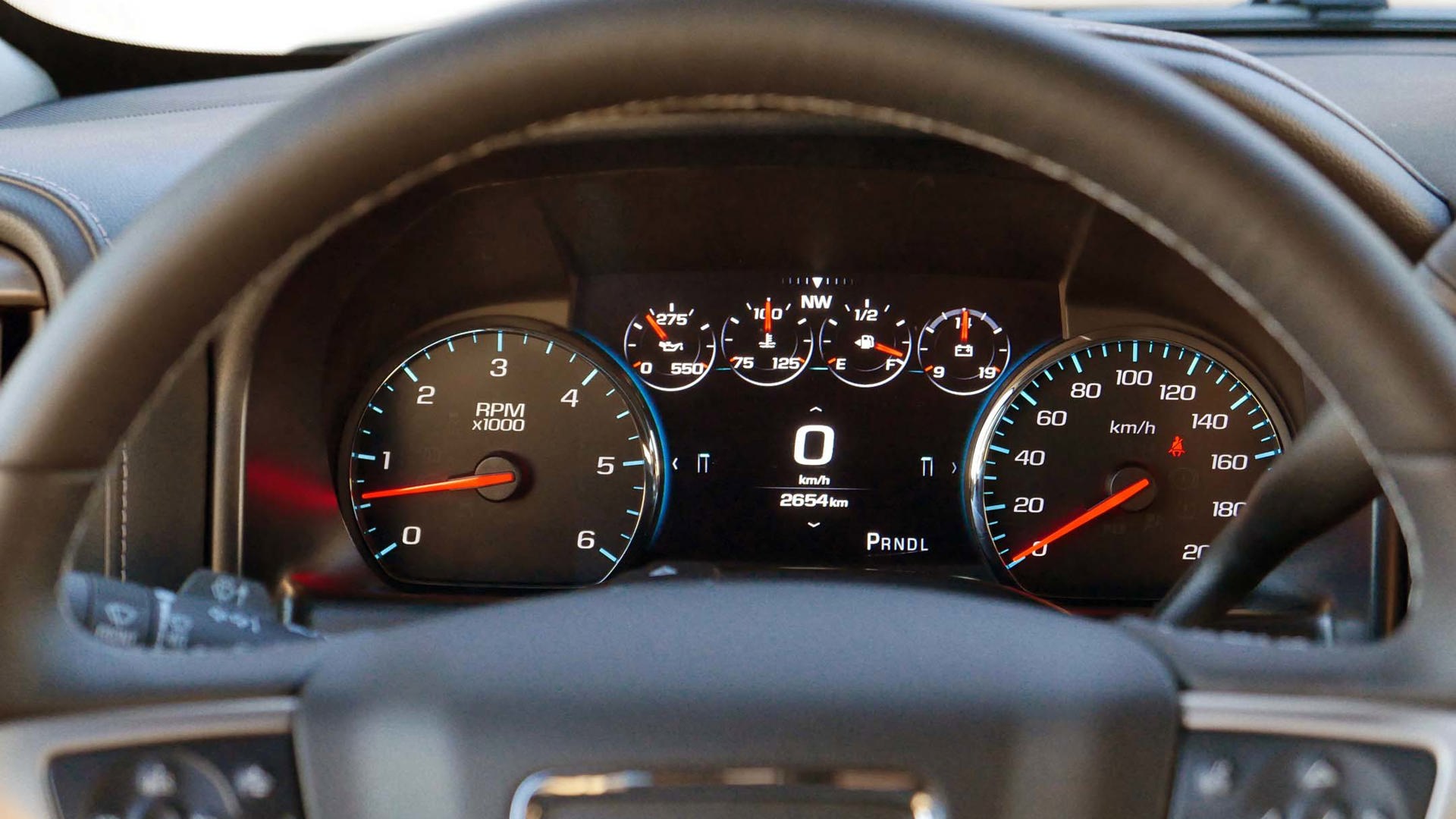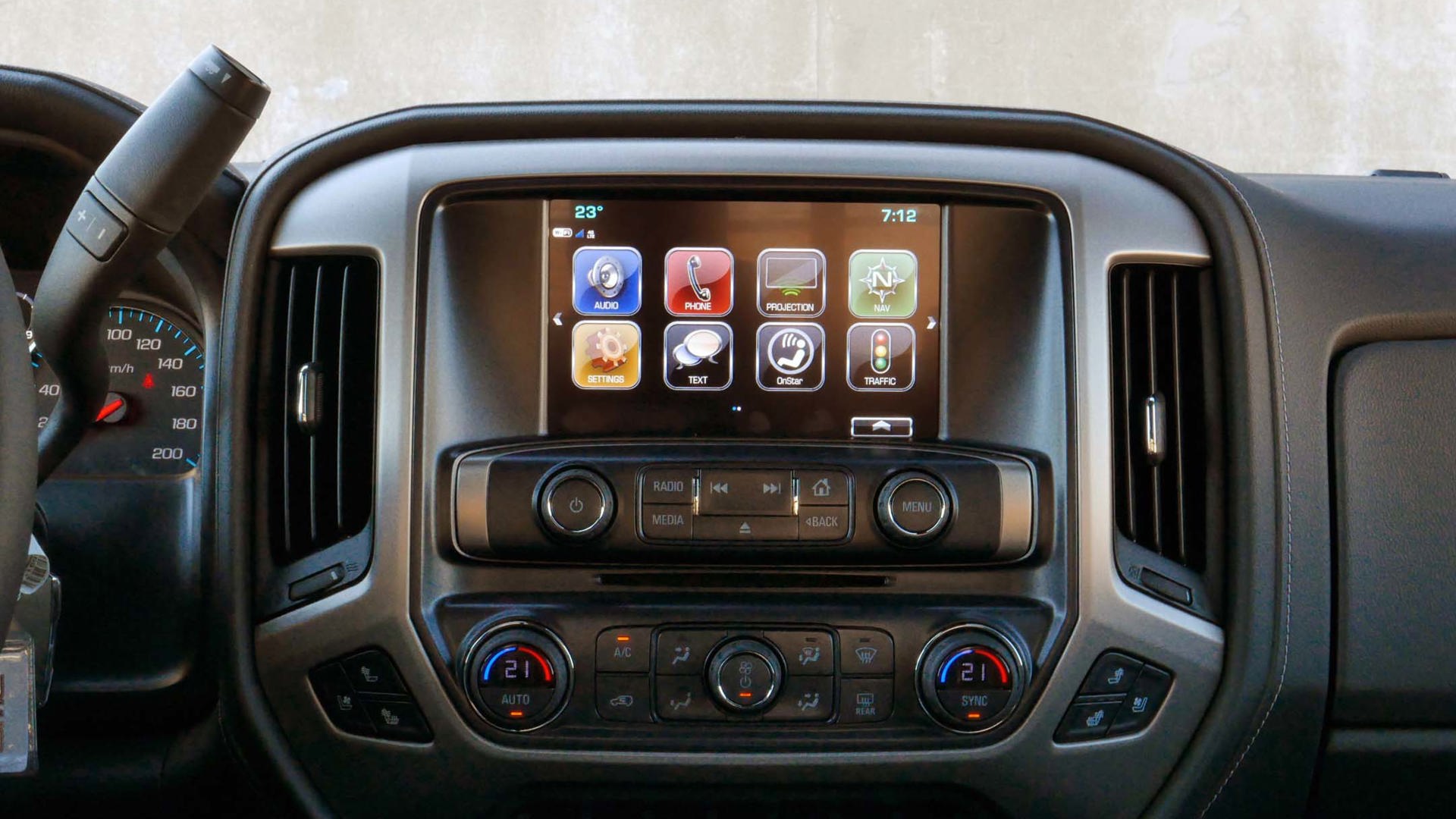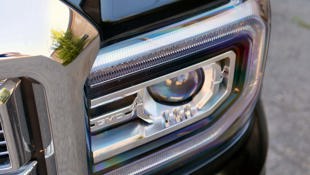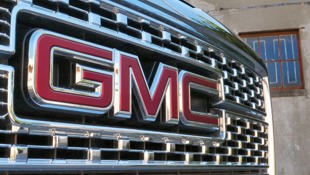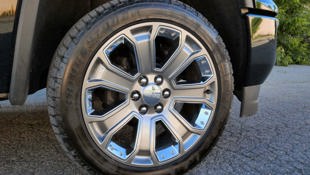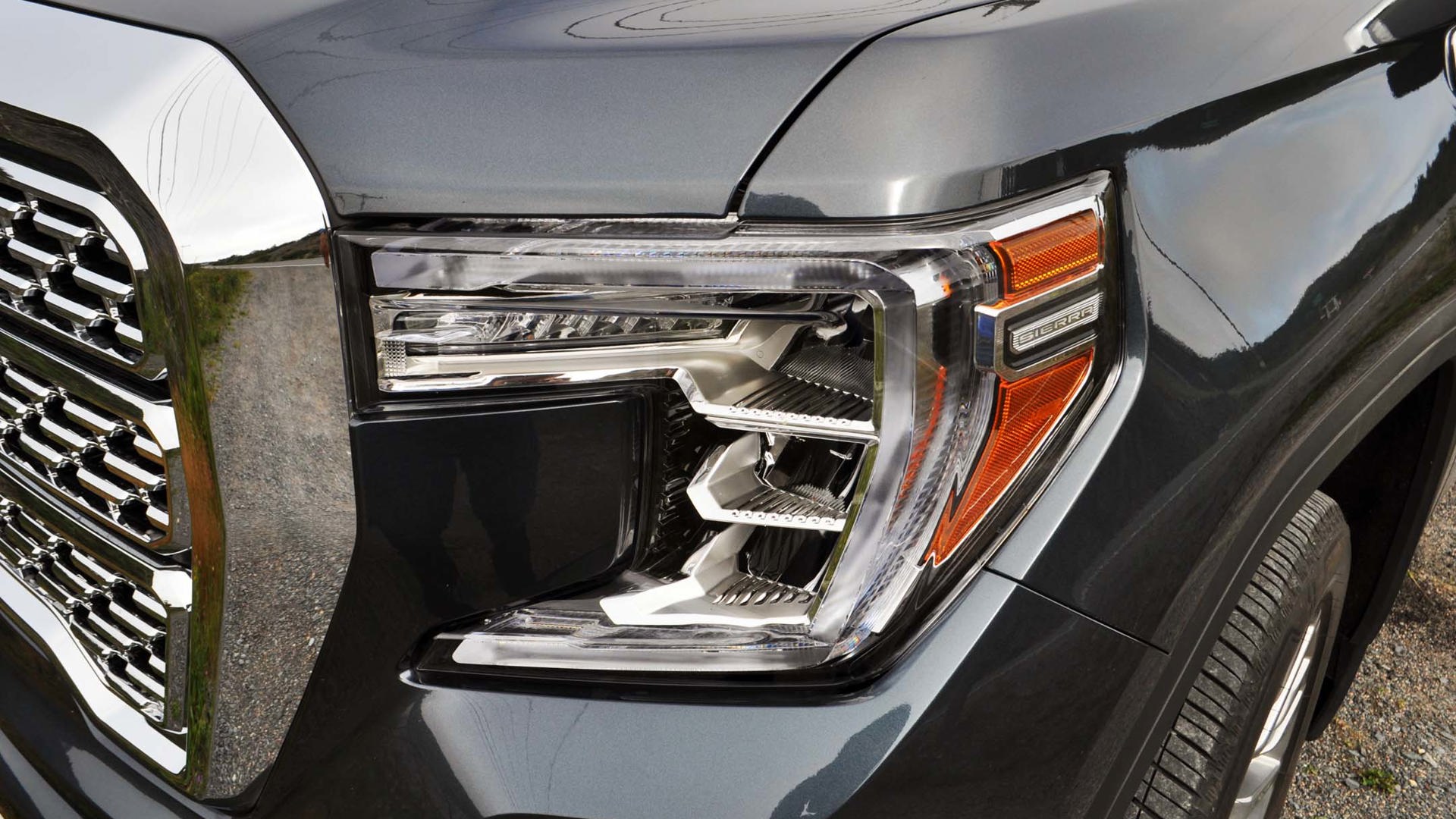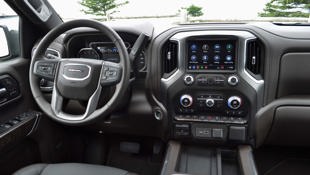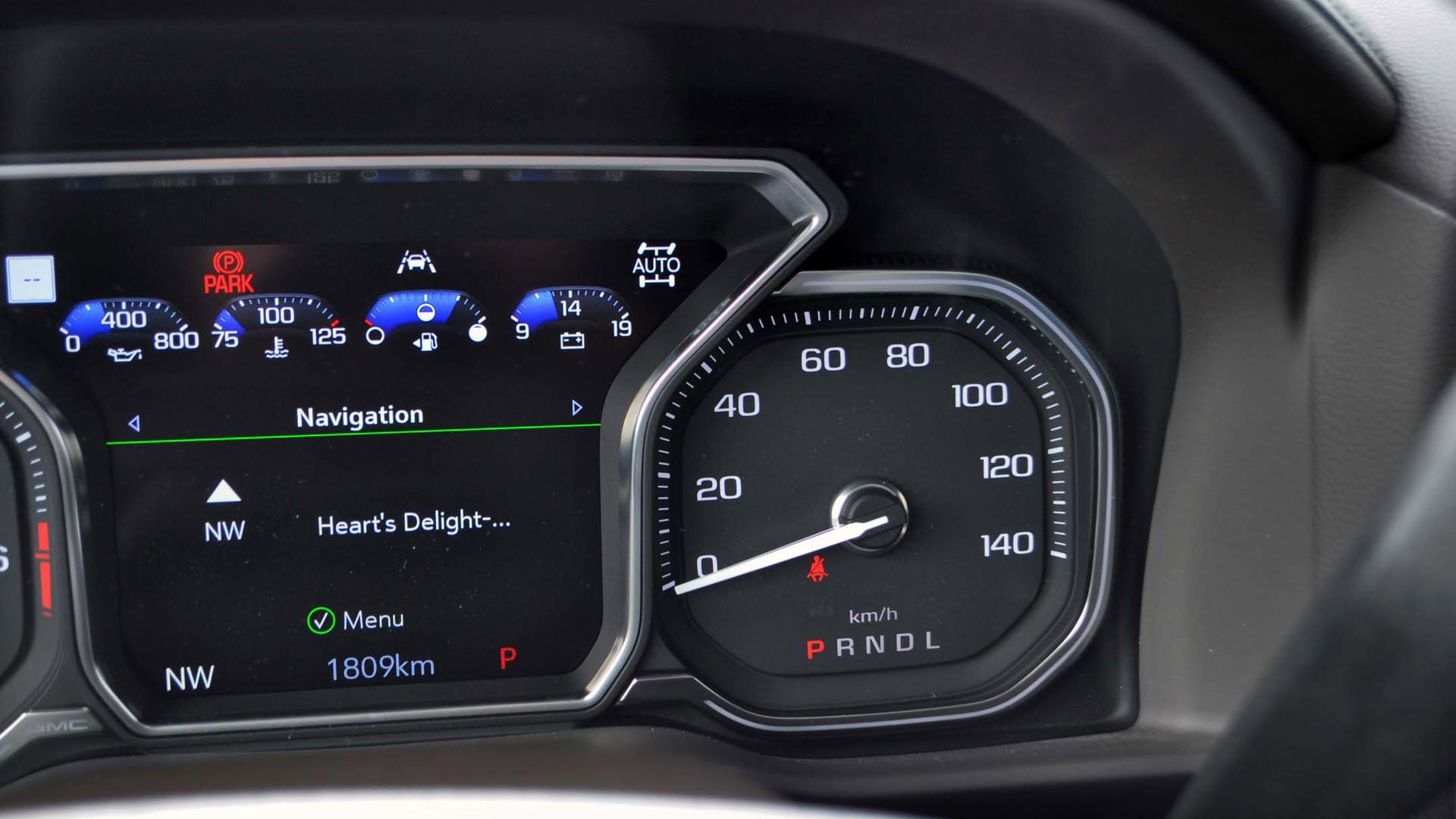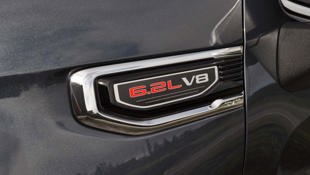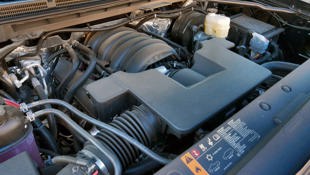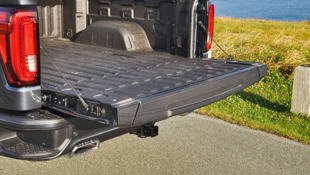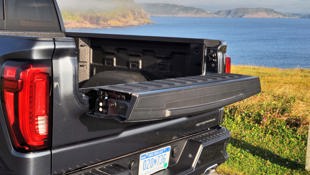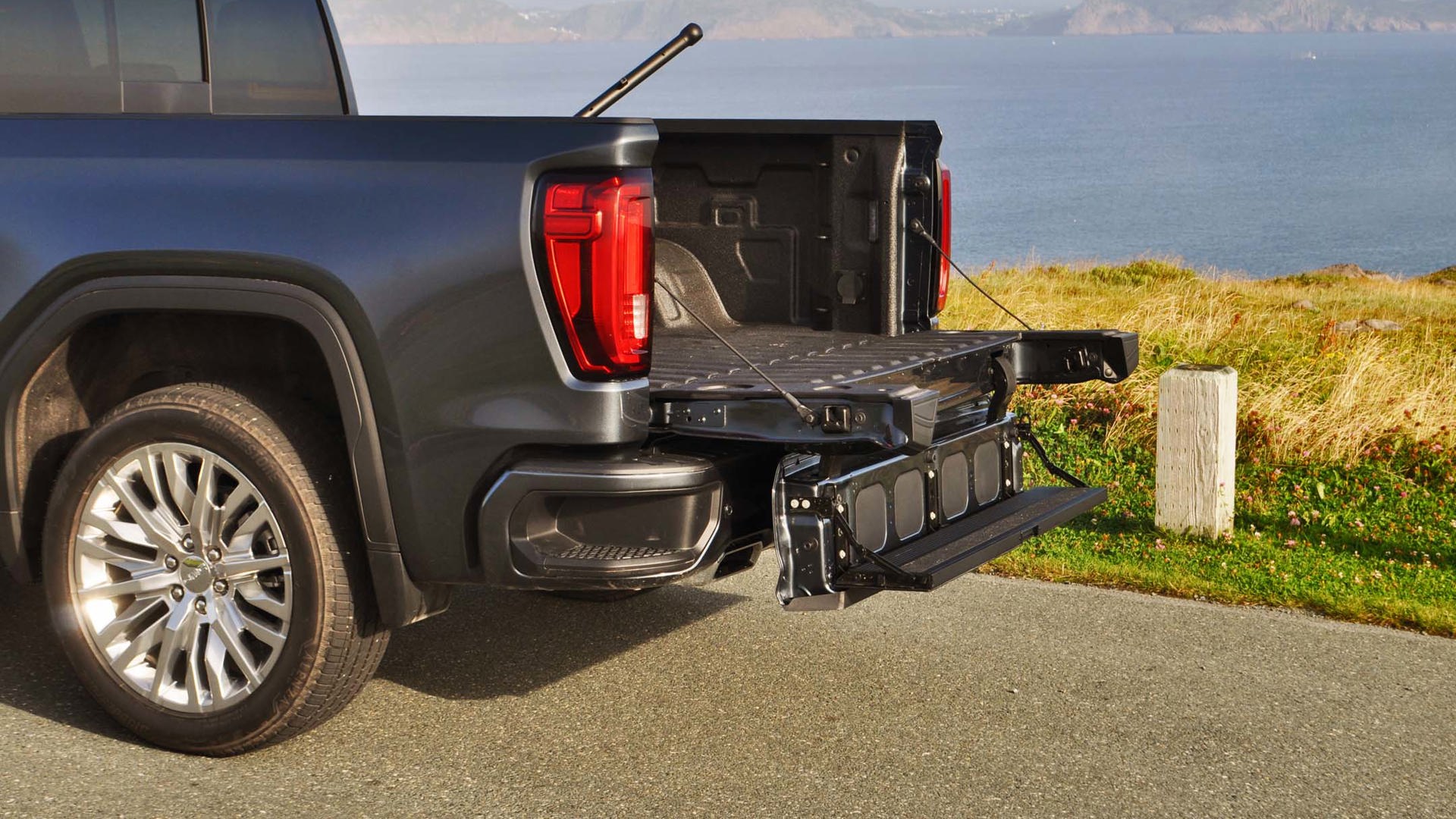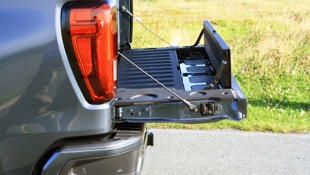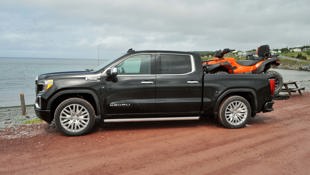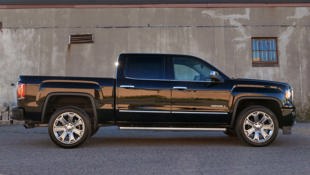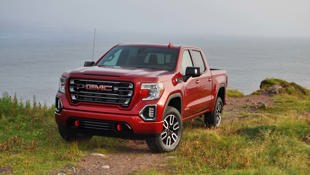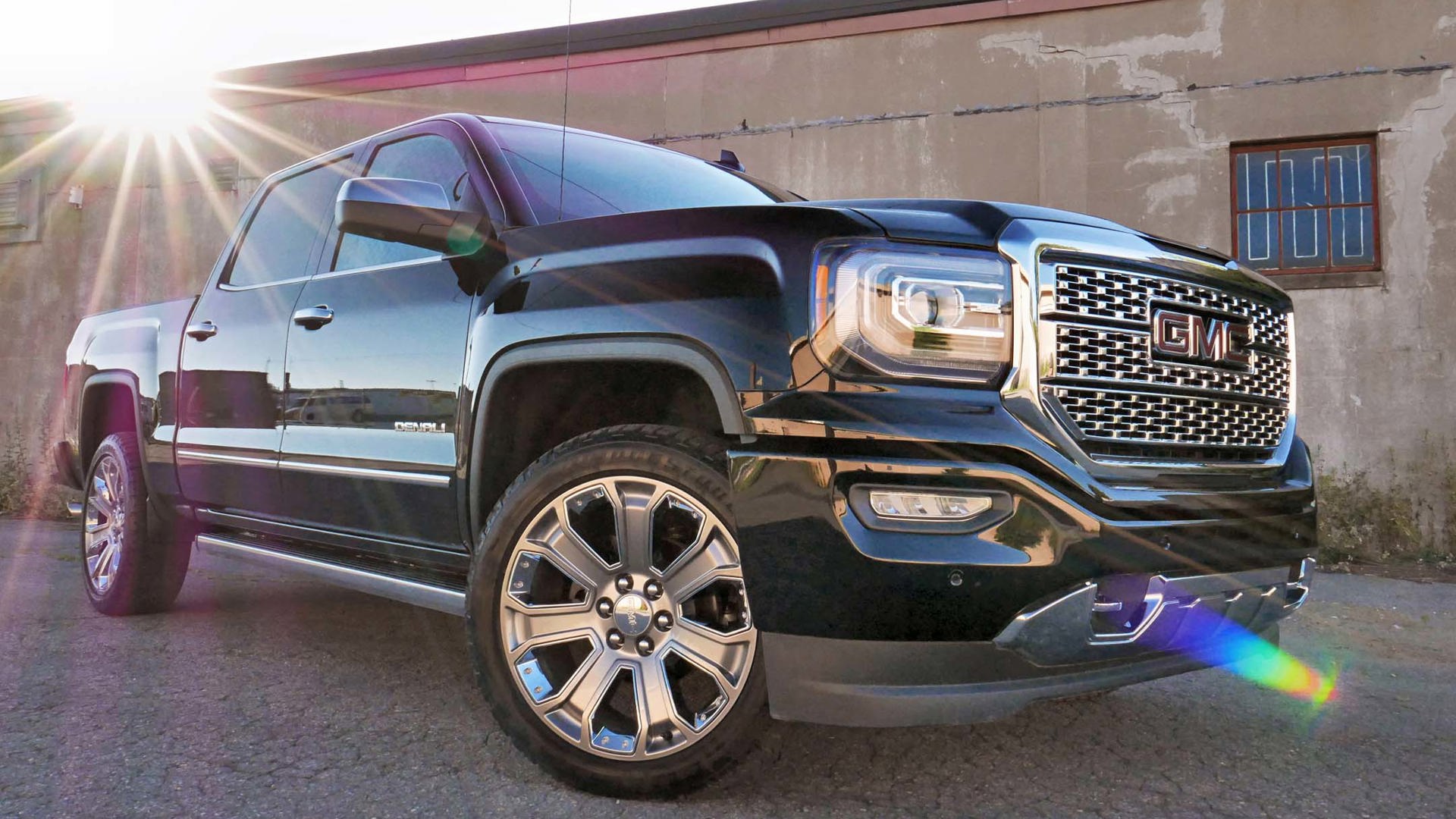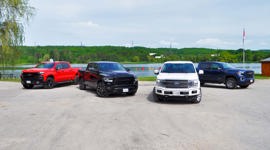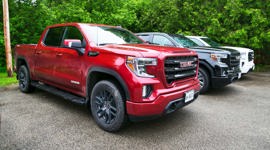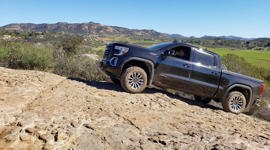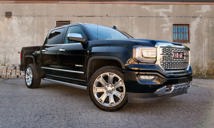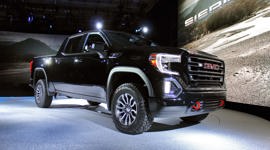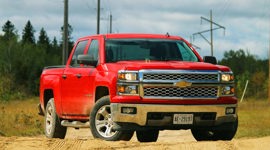The luxury truck is increasingly a hallmark of Canada’s landed gentry, a versatile vehicle that not only serves as a social signifier of wealth – or at least, access to credit – but in many cases one that coddles as well as a traditional premium sedan. In a country that clings to a rural narrative despite its massive urban population, pickups are instant lifestyle street-cred, and high-end trucks the ultimate expression of that particular ideal.
The GMC Sierra Denali has long been at the forefront of the luxury truck conversation, but as rivals have caught up in terms of features, power, and comfort, the company has been forced to rethink the Denali brand on the cusp of the Sierra’s 2019 redesign.
How has the new model fared against the one it replaces in terms of improving on what was already a popular truck? Let’s put the 2018 and 2019 GMC Sierra Denali pickups up against each other and see how they compare.
Styling
If you’ve been following the somewhat conservative design philosophy that’s been guiding the hand of General Motors truck programs, then you might not be surprised to find out that in terms of looks both the 2018 and 2019 Denali are fairly similar. The same prominent chrome grille, chunky wheel wells, and air inlet hood are all present and account for, with the primary differences being in the details: a new shape for the grille’s chrome surround that positions it closer to the HD lineup, a wider inlet above it, more angular headlights, and different positioning and shape for the tow hooks and the fog lights set into the front bumper.
There’s also more sculpting along the sides of the pickup to give the fenders a less protuberant look and to add depth to the doors. At the rear, the most visible change is found in trucks equipped with the multi-stage tailgate that’s available with the 2019 Denali (more on that later), as this piece of kit complicates the traditional tailgate’s styling. Of course, GMC has also switched up its rim designs, but the 20-inch and 22-inch wheel diameters are a match from 2018 to 2019.
Inside the truck is where one will come across the most startling sameness between the two vehicles. Yes, the buttons and dials on the centre stack have been reconfigured, but the general organizational concept still applies, and while the infotainment system has been improved in terms of graphics, it’s still roughly the same size.
The gauge cluster’s new LCD display is a welcome modernization, but a quick glance around the cabin reveals the same reliance on dark leather, plastic, and occasional wood trim highlights without much in terms of detail to break up the presentation. It’s a confoundingly safe play from GMC that hews so close to the previous-generation truck that it’s difficult to view the cabin’s looks as a clear step up.
Drivetrains
No, you’re not imagining things: both the 2018 and 2019 GMC Sierra Denali boast the exact same engine options. A 5.3-litre V8 (355 horsepower, 383 lb-ft of torque) is standard, while a 6.2-litre V8 (420 horsepower, 460 lb-ft of torque) can be ordered as an option. The major difference between the model years is the inclusion of a new 10-speed transmission in place of last year’s eight-speed for the 6.2-litre unit (the 5.3L now includes last year’s optional eight-speed free of charge), as well as a new fuel management strategy.
The 10-speed’s impact on how the Denali drives isn’t significant in most situations, which is a good thing: this is a transparent transmission whose gearbox never gets in the way. The truck feels just as quick as it did the year before, as power for both years flows freely – and quickly – to the pavement whether towing, hauling, or simply punching a massive high-speed hole through the air.
Strangely, the additional two forward gears don’t have much impact on fuel economy, either, as the Sierra’s largest engine post 15.5 L/100 km in city driving and 11.9 L/100 km on the highway – a slight improvement around town compared to 2018 (16.0/11.7 L/100 km city/highway), but a smidgen thirstier when cruising on the autoroute. The 5.3L’s numbers are a similar wash.
It’s important to note that efficiency is impacted, too, by the inclusion of four-wheel drive on all Denali models. There’s also a turbodiesel engine slated for the middle of next year, which would add an extra drivetrain option to the current Denali over the past version.
Capability
The 2019 GMC Sierra Denali carves out one of its clearest wins over the departing 2018 edition when it comes to interior room. With a platform that’s been enlarged in almost every dimension, the four-door crew-cab-only Denali has been able to afford rear-seat riders an appreciable improvement in legroom. Not only does this make the Sierra more competitive with its contemporaries, but it also helps it as a more viable daily driver choice for families. In addition, you can take advantage of new hidden storage compartments built into the rear seatbacks, further maximizing the GMC’s usable interior volume.
Another bonus for 2019 buyers is the redesign of the Sierra’s cargo box. If ordered in 5'8" “short” configuration, you get an additional 56 litres of capacity (for a total of 1,784 litres) – not the usual metric when it comes to measuring bed capacity (length and width are typically more useful, and they are relatively similar for ’18 and ’19), but still a useful improvement. A longer, 6'6" box is also on offer that steps up from 2,152 cubic feet to 2,492 cubic feet in total cargo volume.
Perhaps of greater interest is the claim from GMC that all steel beds are 50 percent stronger for 2019. Of course, there’s also the reason why “steel” is specified: Denali buyers can spring for a box made entirely out of carbon fibre that is said to be near-indestructible while also 164 kg lighter. The carbon-fibre bed, like the diesel engine, will be rolled out later in 2019 at an as-yet unspecified price.
More gimmicky? The “MultiPro Tailgate”, a Denali feature for 2019 that allows the tailgate to origami its way into a step, a cargo stop, a bench, a table, and also for easier bed access. It’s versatile and impressive in operation, but also much heavier than a standard tailgate, and it’s easy to imagine that salt and snow will wreak havoc on its internal mechanisms after a few winters.
Looking at towing and payload weights it’s a near dead heat between the two Denalis. Rated to pull 5,500 kilograms, the four-wheel-drive 2019 is roughly 200 kg more capable than the 2018, while giving up about 22 kilos in payload (941 kilograms total). A new trailering app that works either on your phone or via the truck’s infotainment system is a useful addition, as it includes a safety checklist, light test, and tire pressure monitoring system, as well as a hitch guide for hooking up.
Features
Moving away from cargo and towing, what other differences in features can be found when examining the 2018 and 2019 versions of the GMC Sierra Denali? You might be surprised that, aside from the revised infotainment system, there’s really not much else to get excited about.
GMC has largely put the Denali into a holding pattern when it comes to luxury gear. A head-up display – that projects vehicle information directly into the space in front of the driver – is enormous, and the truck also gains a rear camera system to replace the traditional rear-view mirror. A surround-view camera system is a welcome bonus when trying to park the truck, to be sure, and automatic forward braking and improved blind spot monitoring round out the safety side of things, but the 2019 Sierra continues to miss out on things you can find in other trucks, like adaptive cruise control.
One of the more puzzling changes between ’18 and ’19 is either a lateral move or a step backwards, depending on your point of view. Gone is the MagneRide adaptive suspension system and in its place is Adaptive Ride Control, which places a less-advanced active damper at each corner to help keep the truck feeling calm and composed. It rides well enough – and the truck now features selectable drive modes that weren’t available for 2018 – but MagneRide was so good that it feels like a bit of a mystery as to why it was removed from the features list.
Worth the Upgrade?
The 2019 GMC Sierra Denali starts at $67,900, plus $1,795 in delivery and destination charges. That’s an almost identical ask as compared to the window sticker you’ll find on 2018 models still hanging around dealer lots.
As anyone who’s ever shopped for a new vehicle knows, however, the MSRP is merely a starting point in the buying process. Given that the new trucks are on their way, and that dealerships are eager to make room for fresh inventory, even GMC Canada’s website is showing discounts of close to $8,000, dropping the price of the 2018 Denali to around the $60K mark once delivery is taken into account.
That’s a 10 percent discount for very nearly the same truck – and we haven’t even got around to the extra costs that options can add over and above the 2019’s starting point. From a luxury standpoint, the two Denalis are a near match; the same goes for their capability as workhorses. Taking into account their similar interiors, you’ve got to ask yourself whether paying more for different styling, a complicated tailgate, an extra two gears in the transmission, and a replacement for the tried-and-true MagneRide system is worth it.
One thing’s for certain: drive the 2018 and 2019 models back to back before making your decision, because you might be surprised by how palatable last year’s model truly is.
